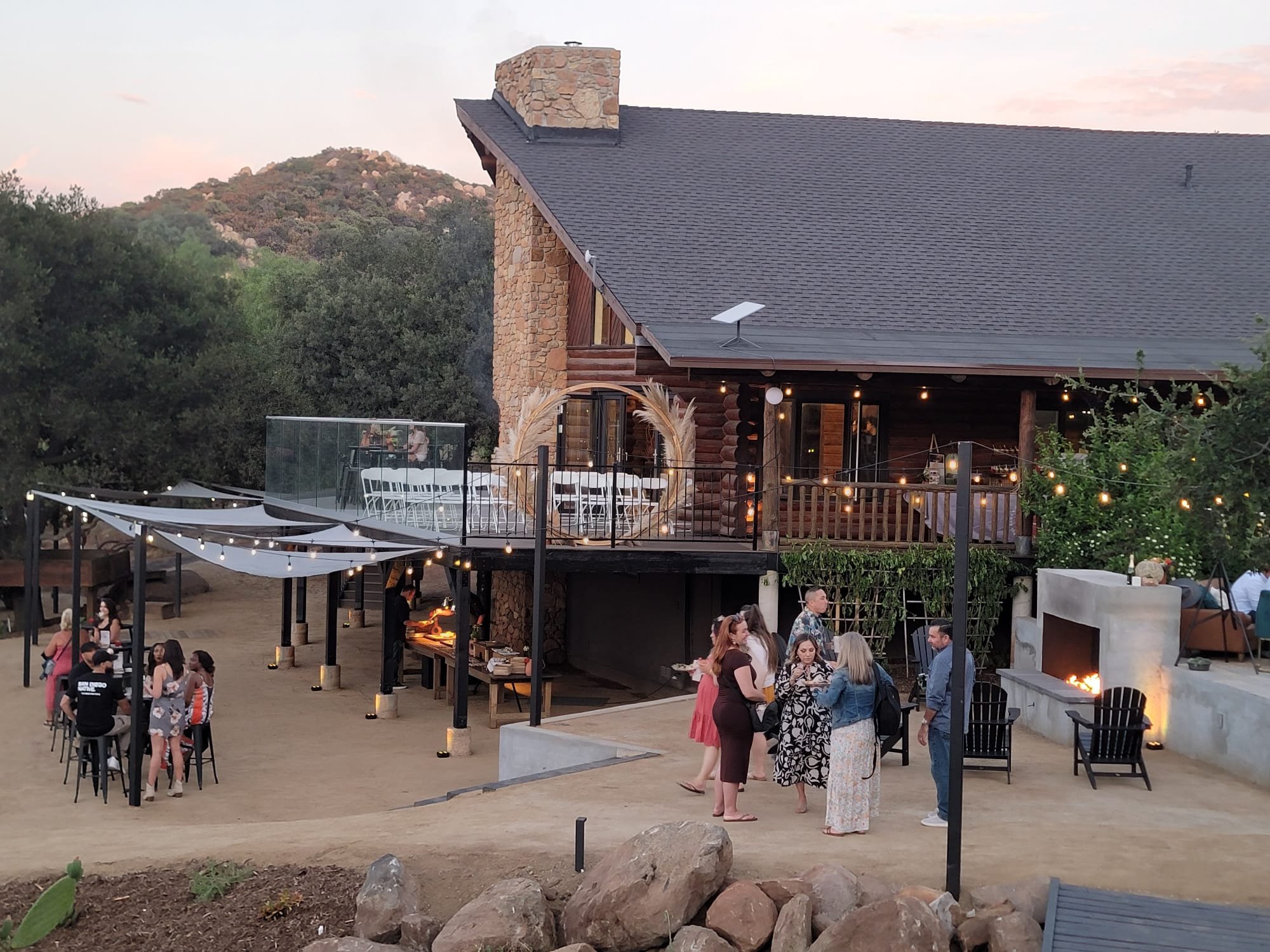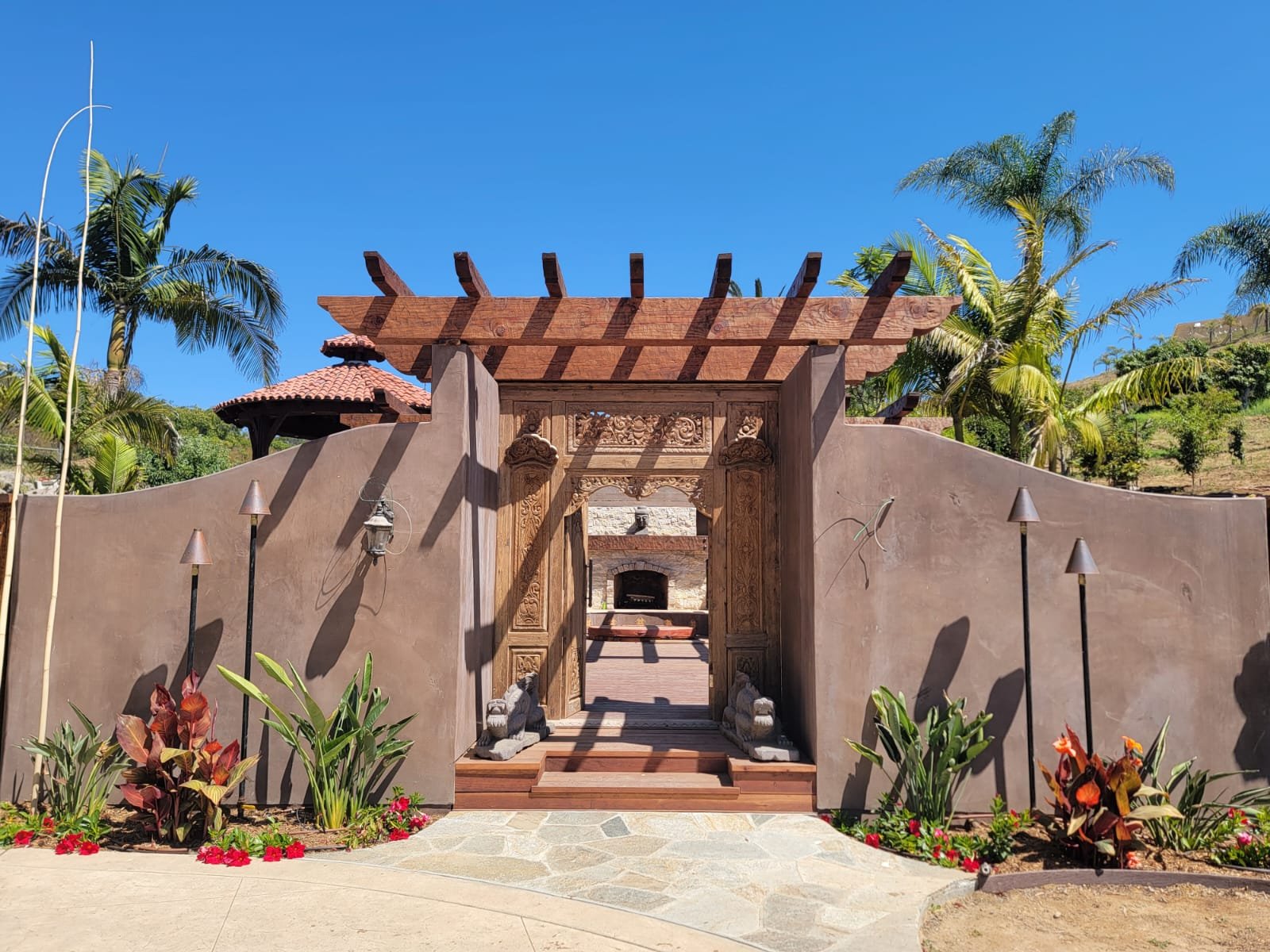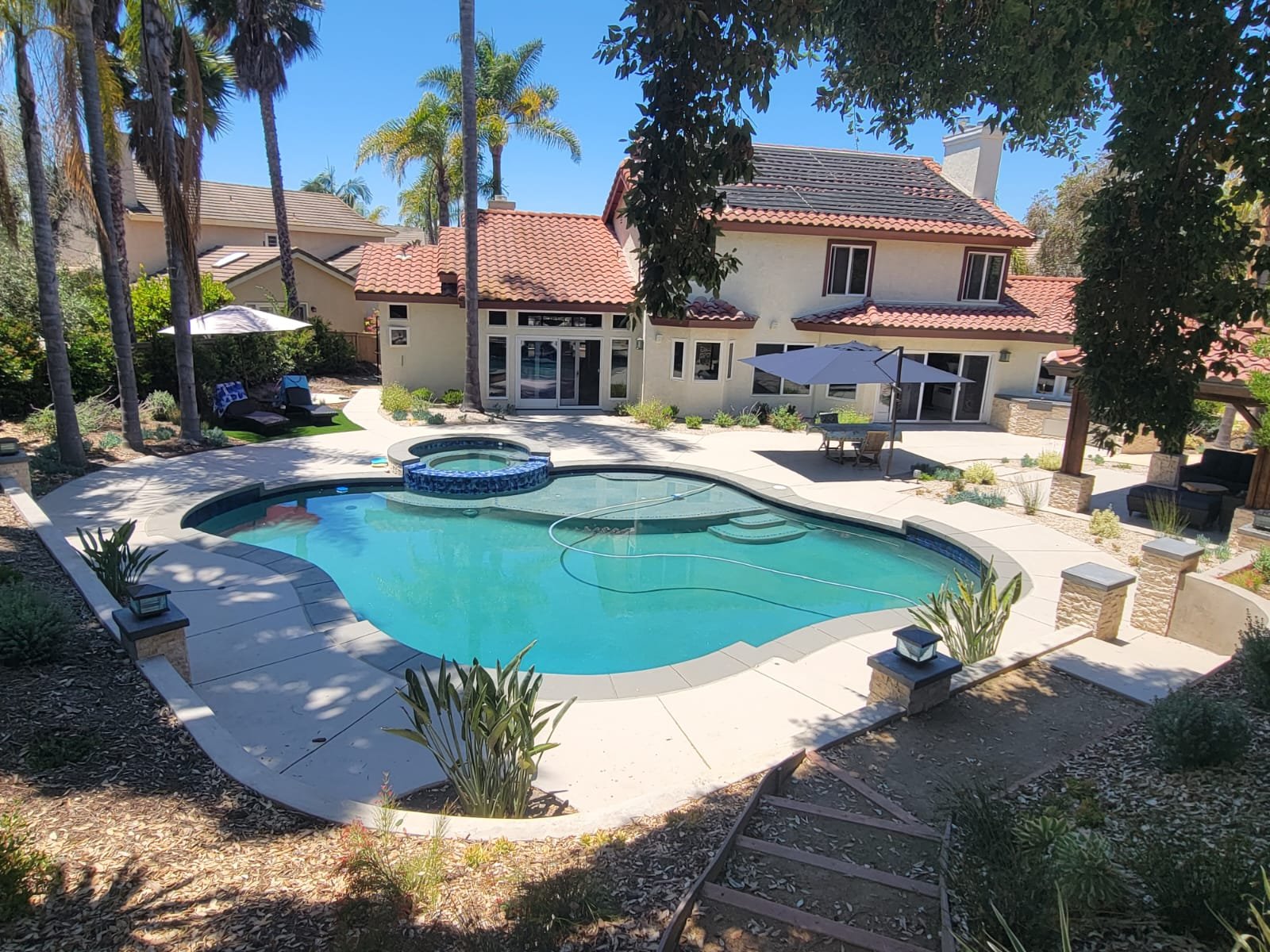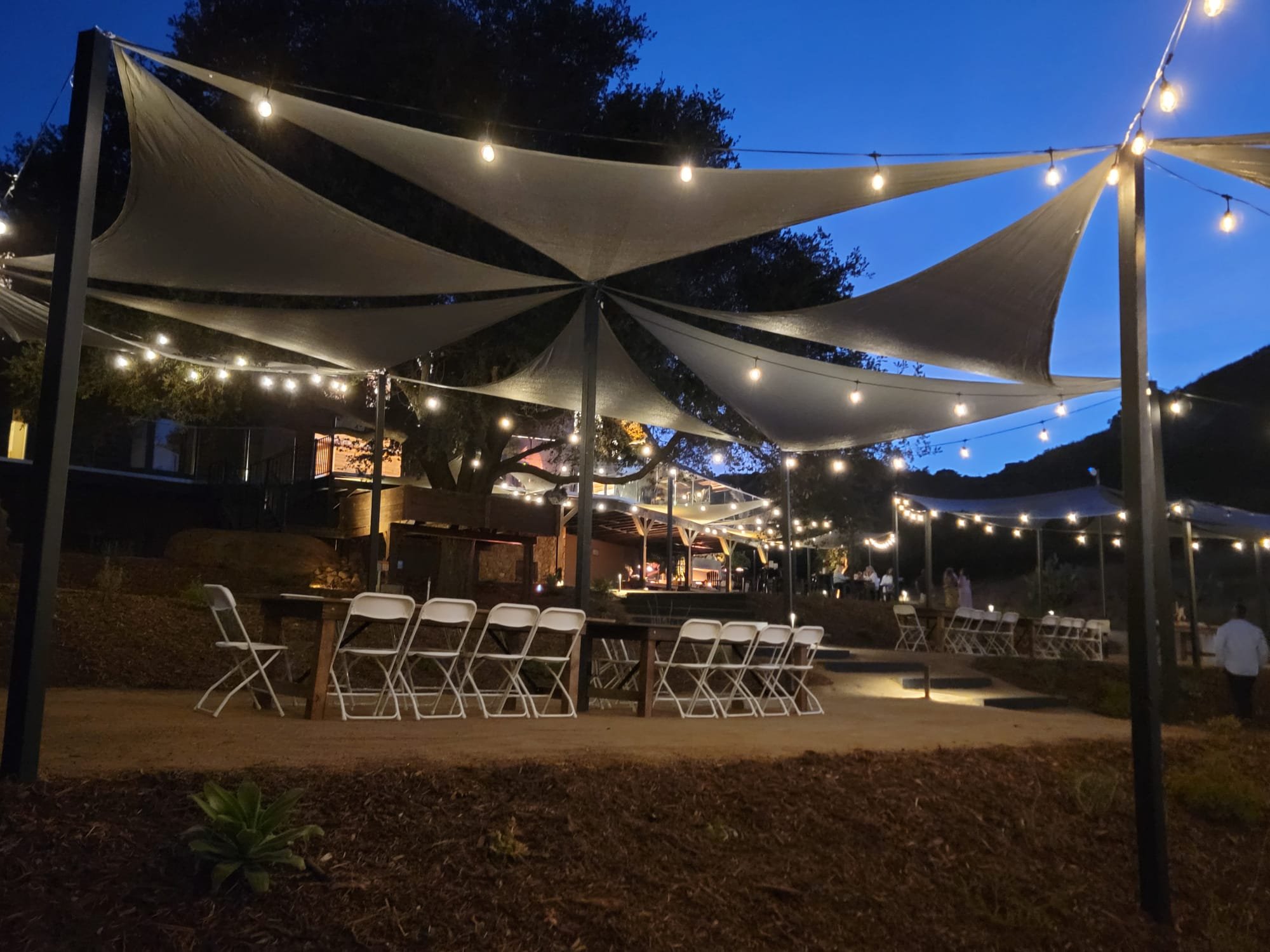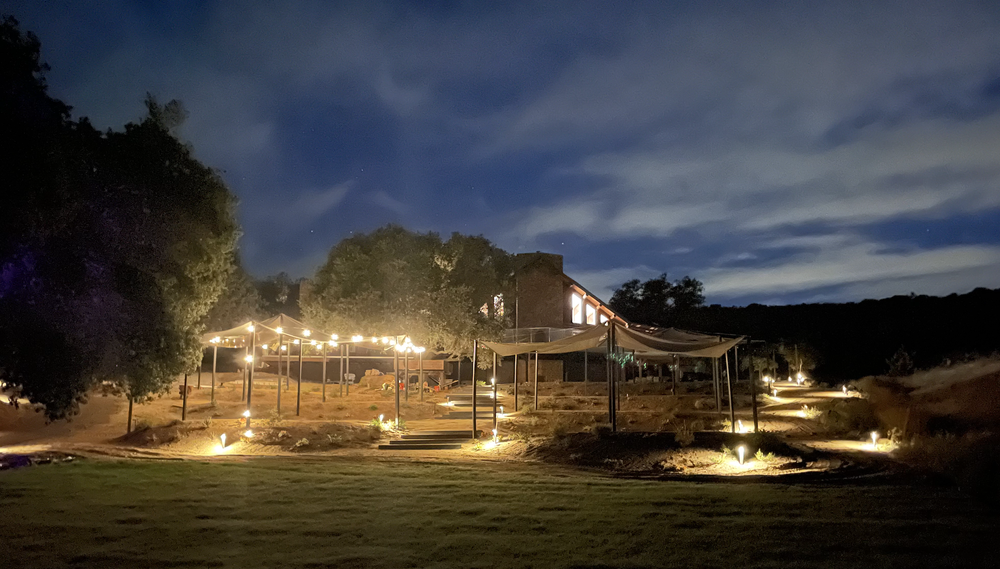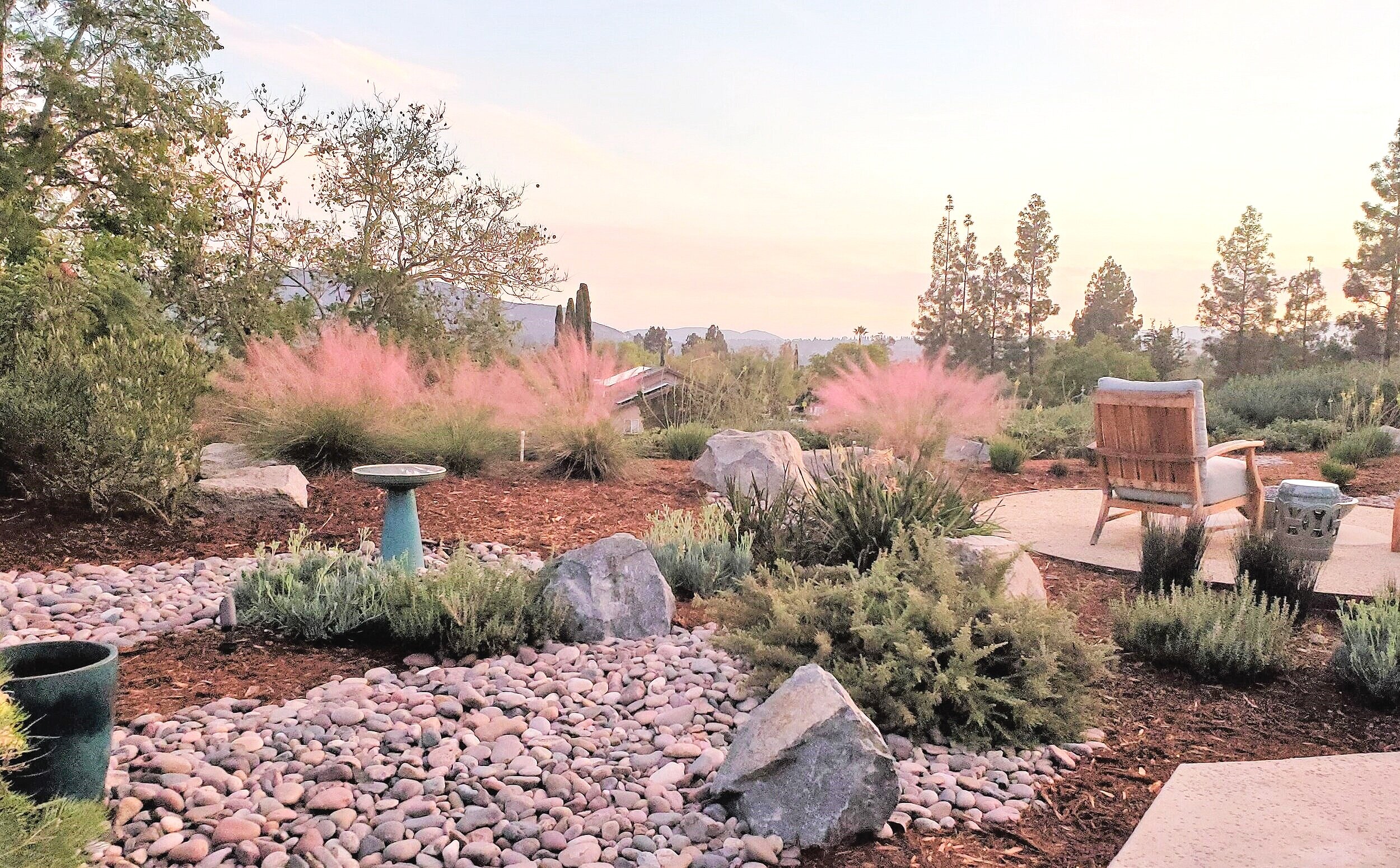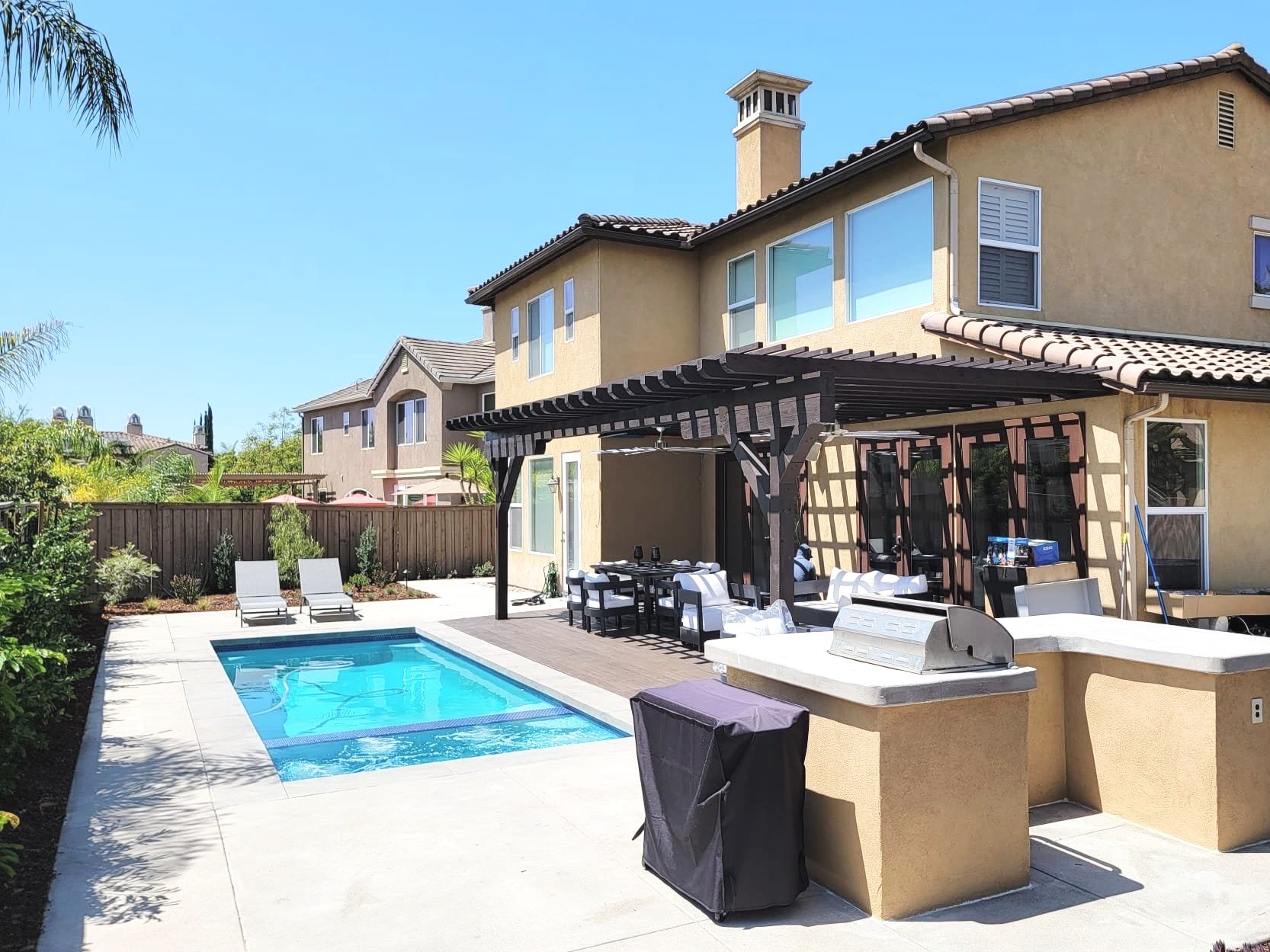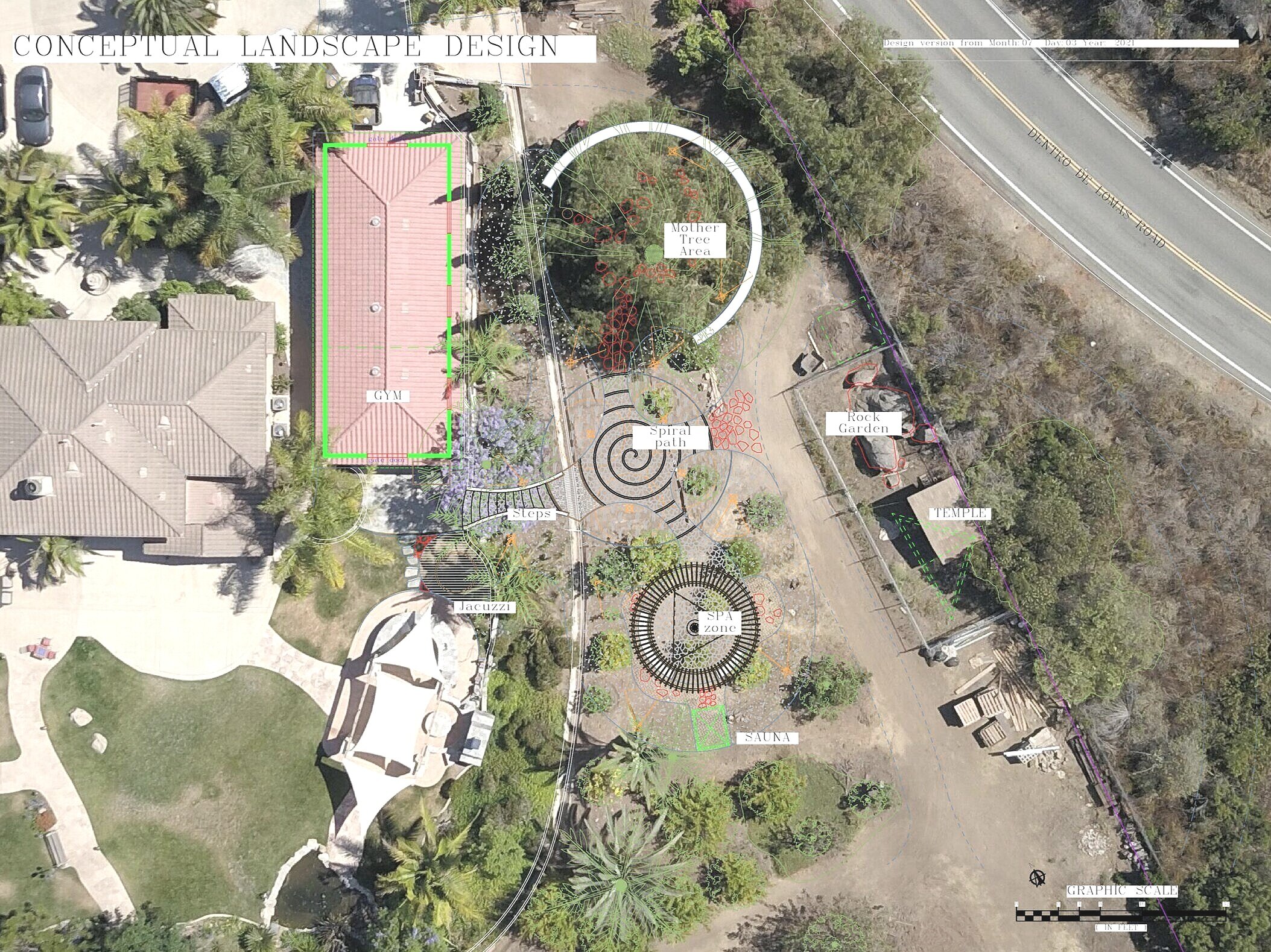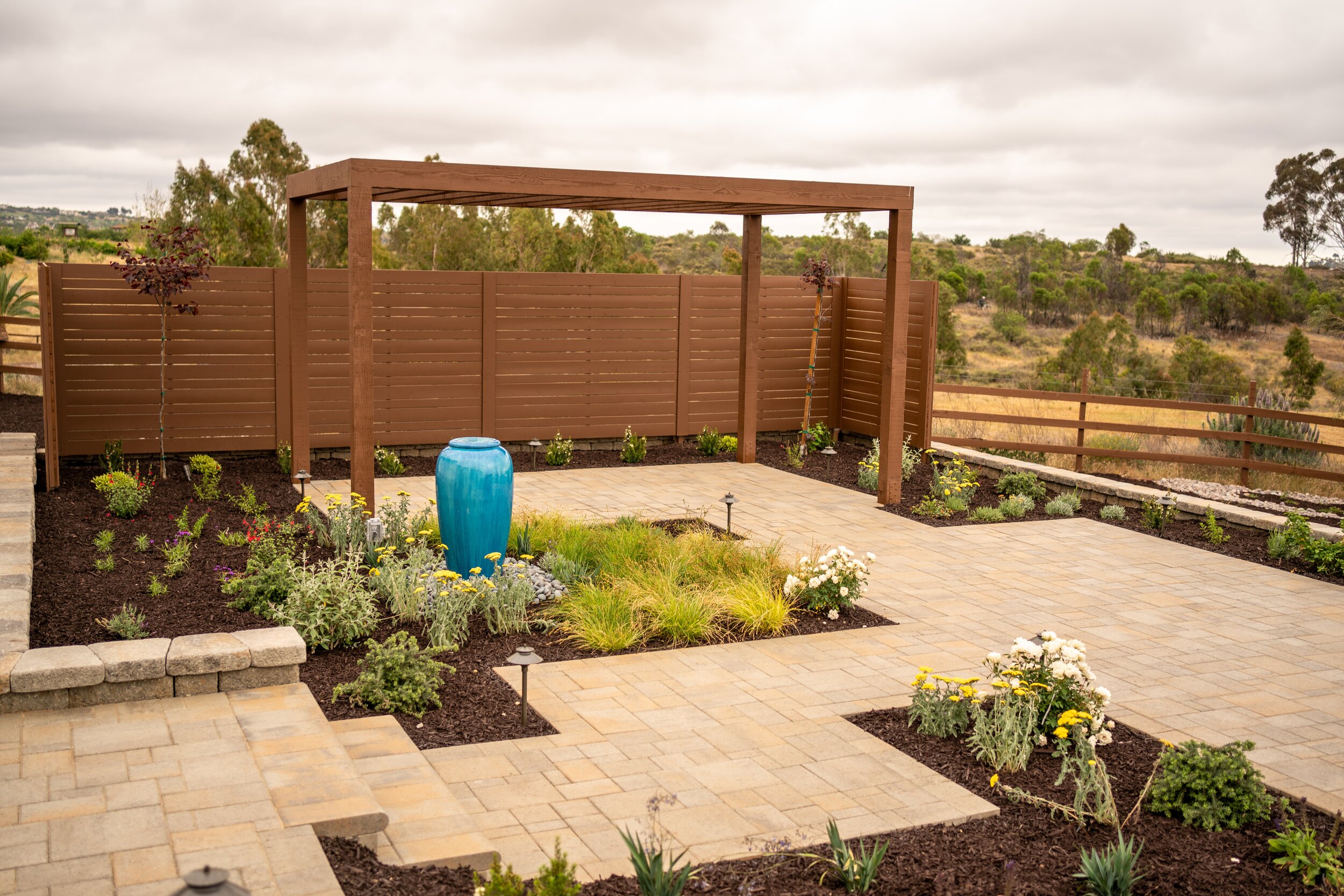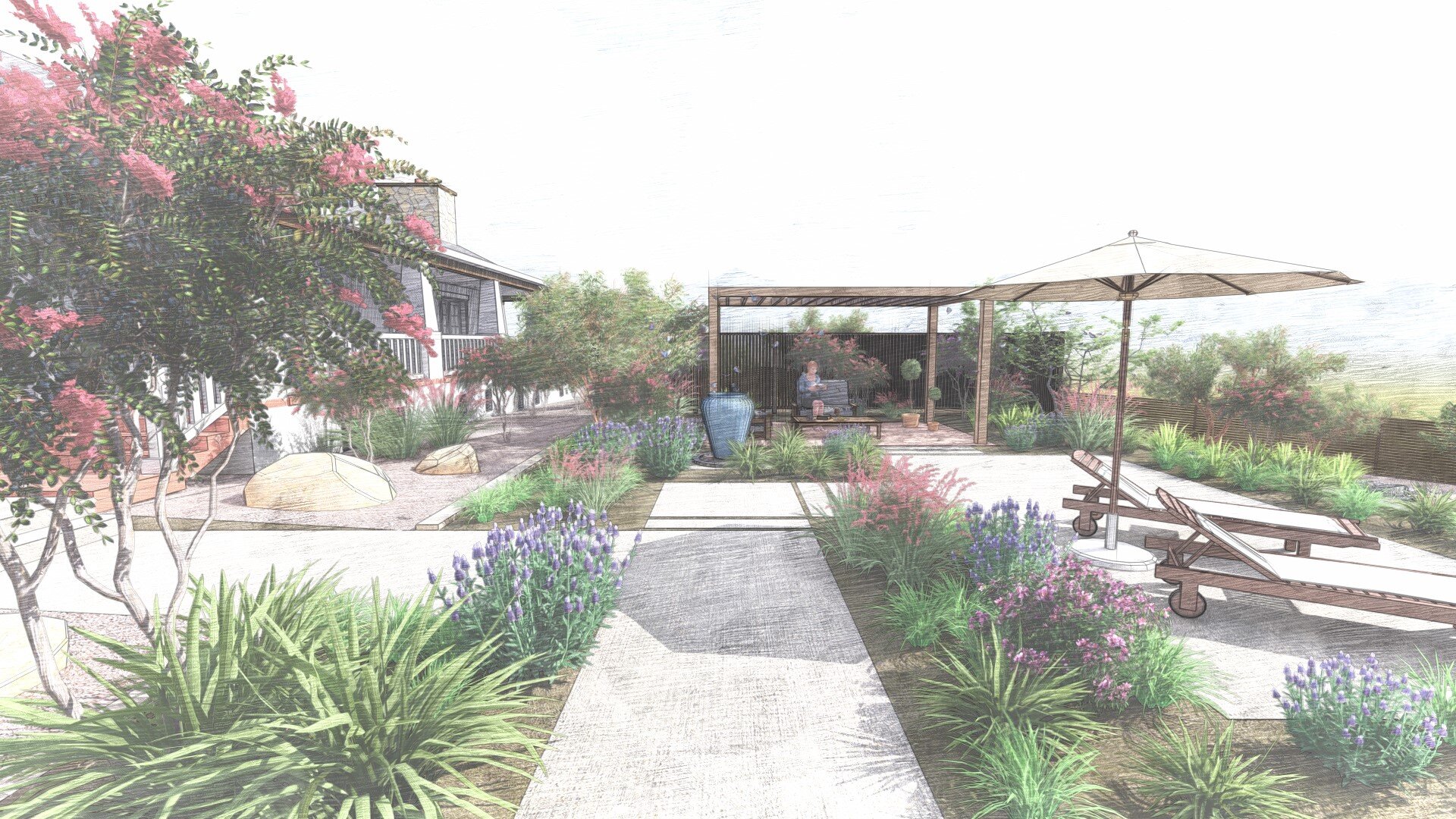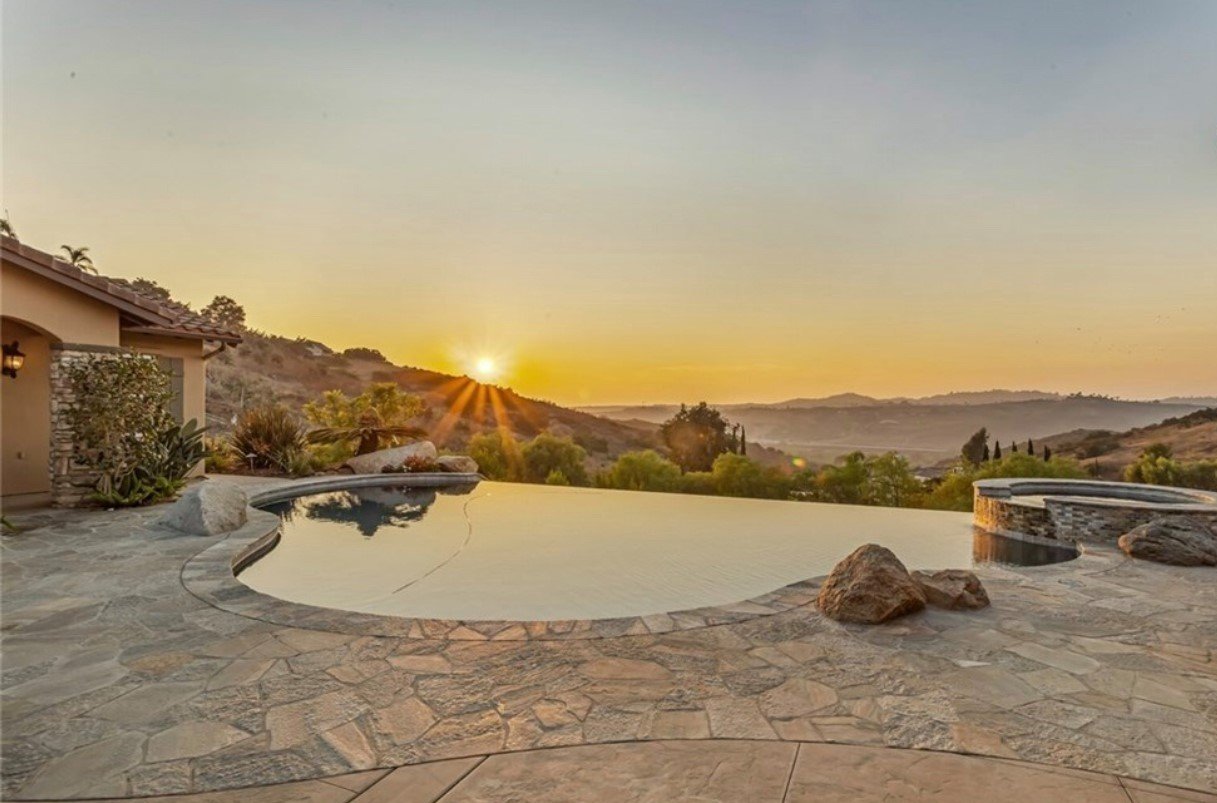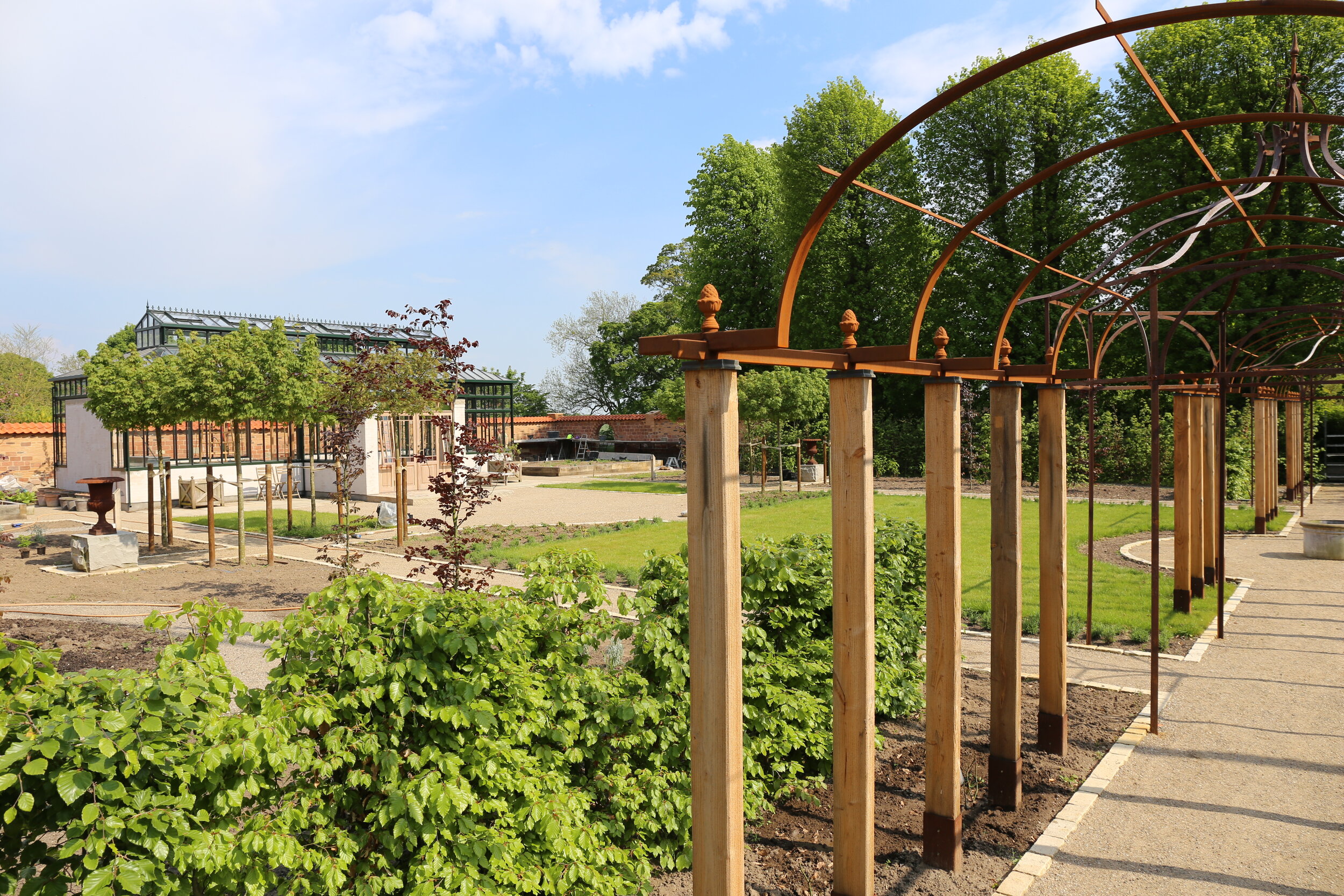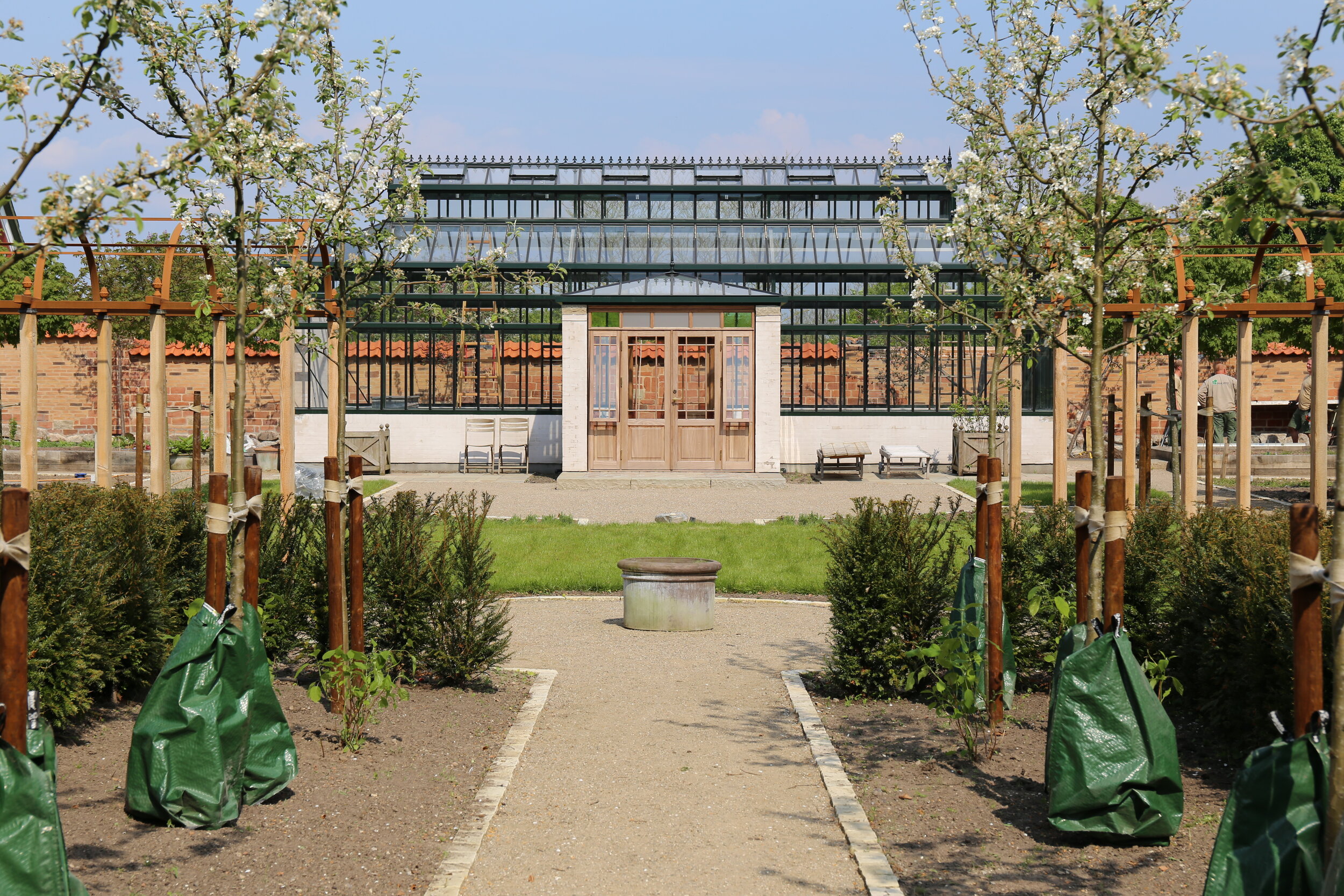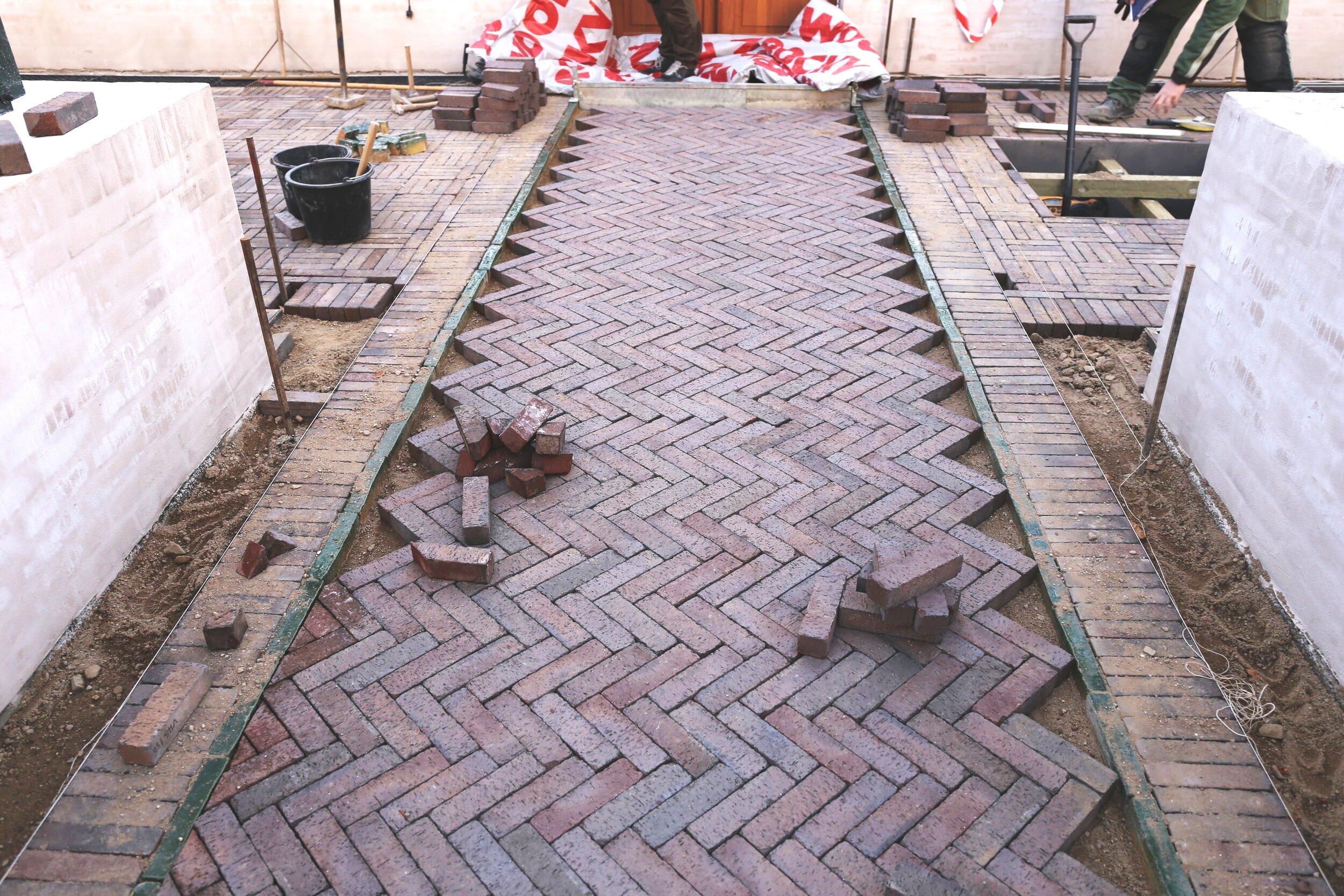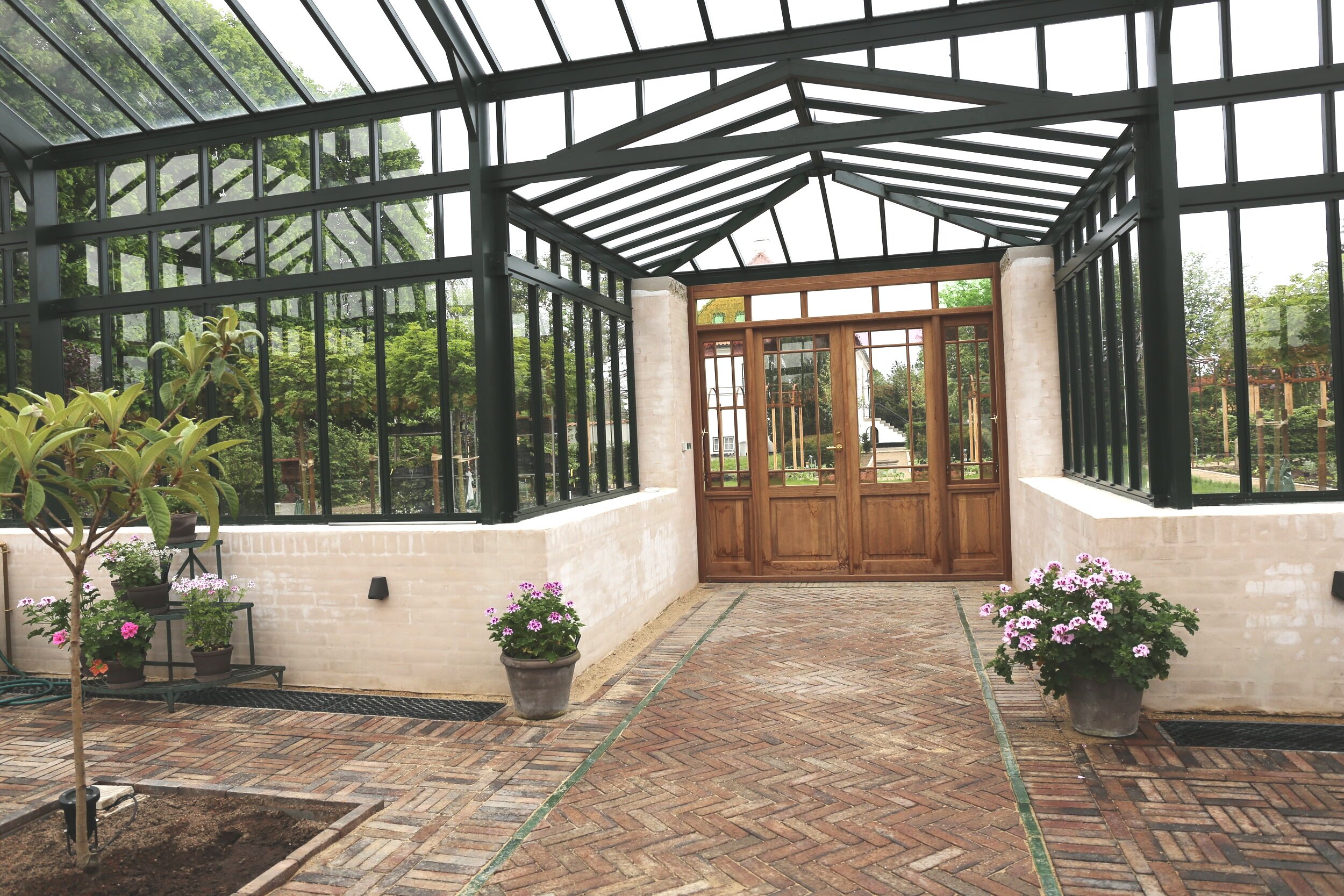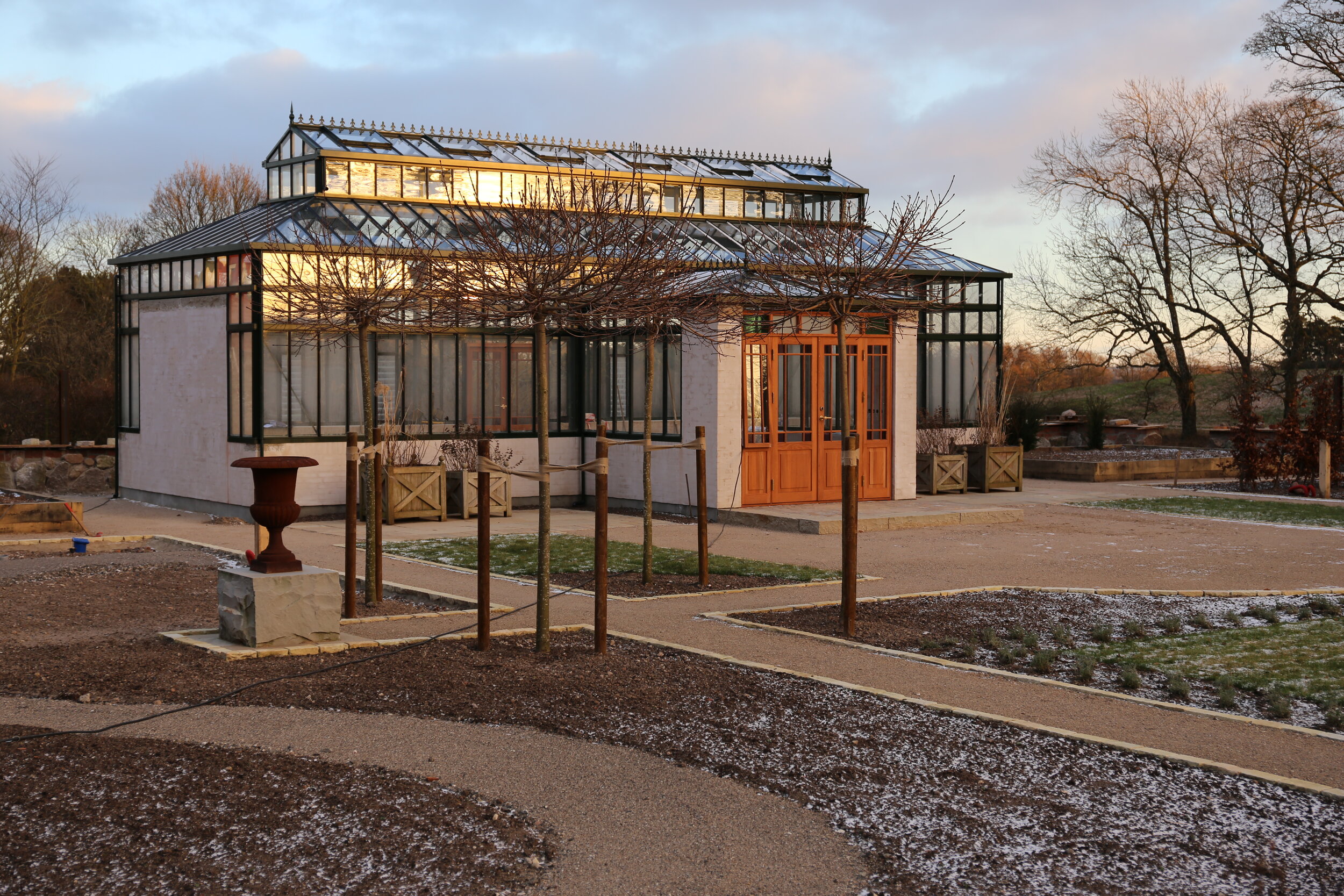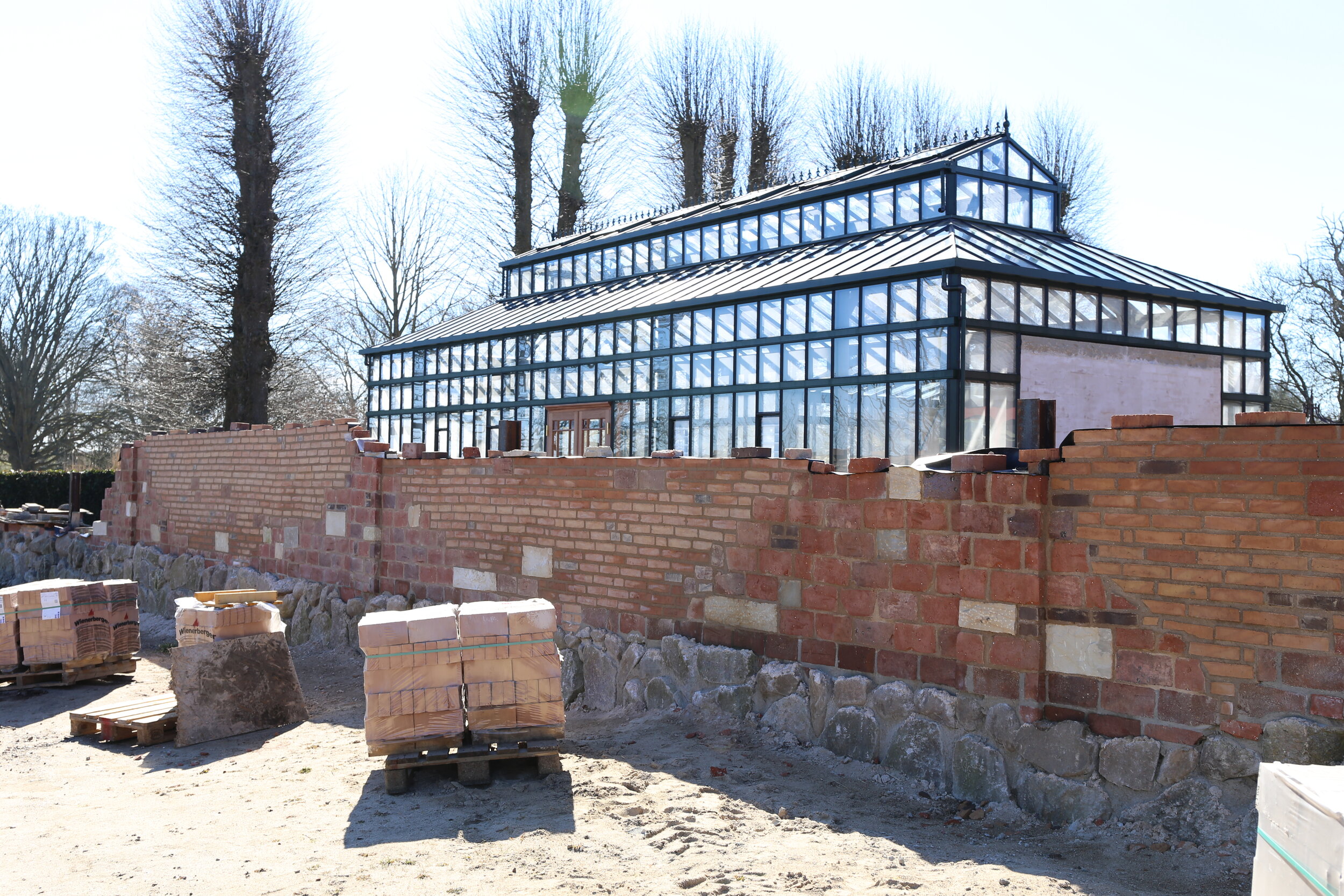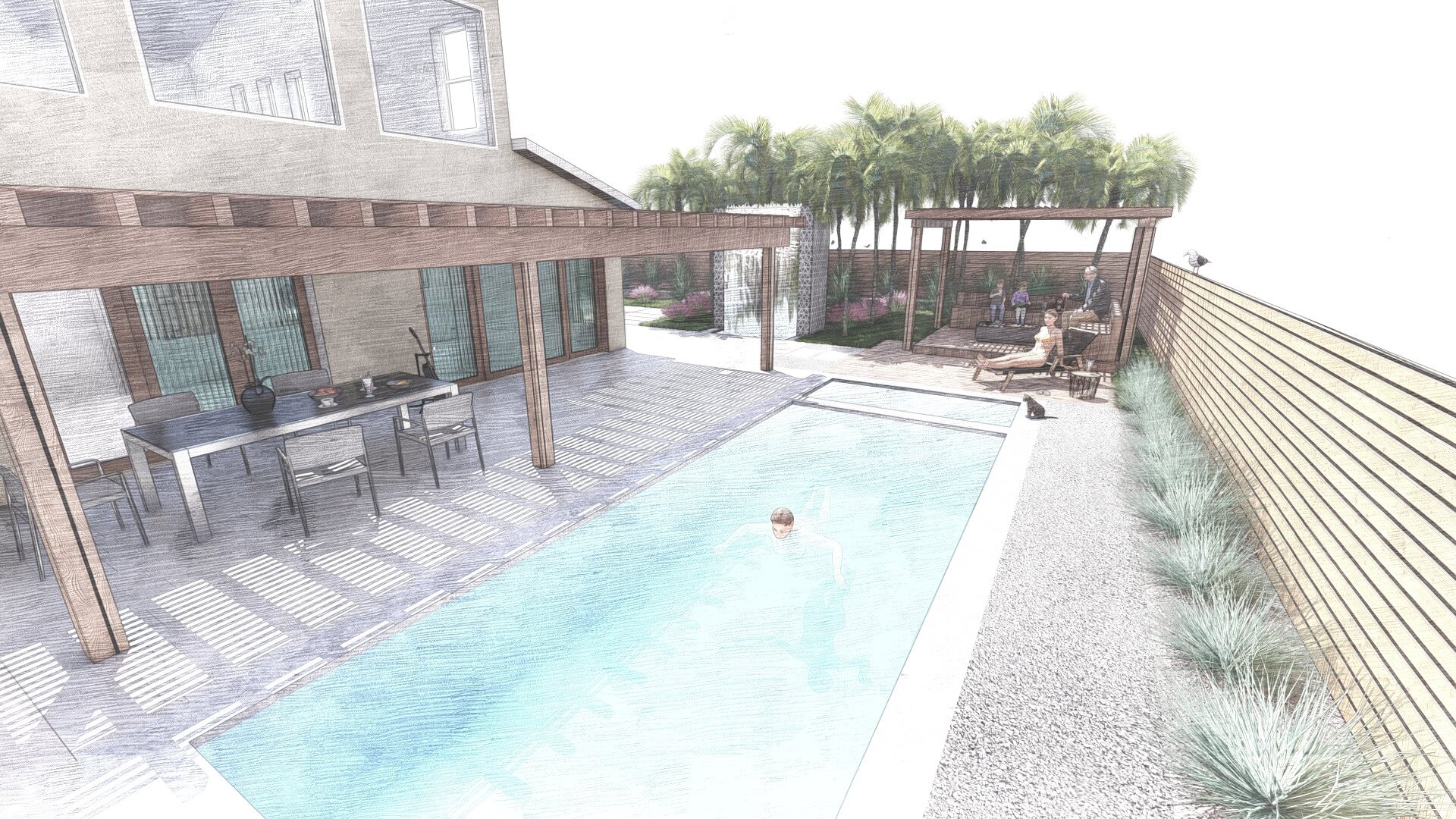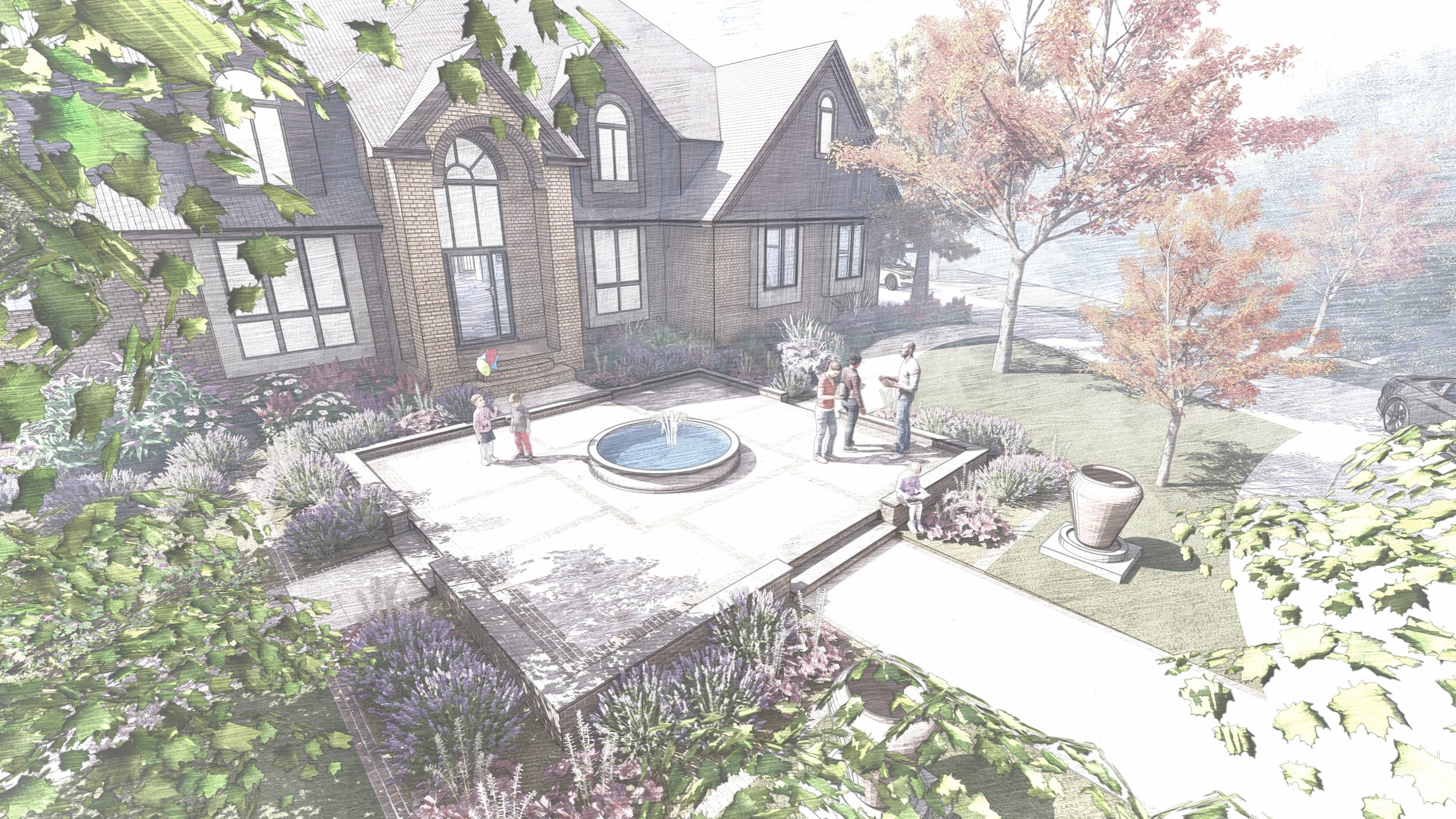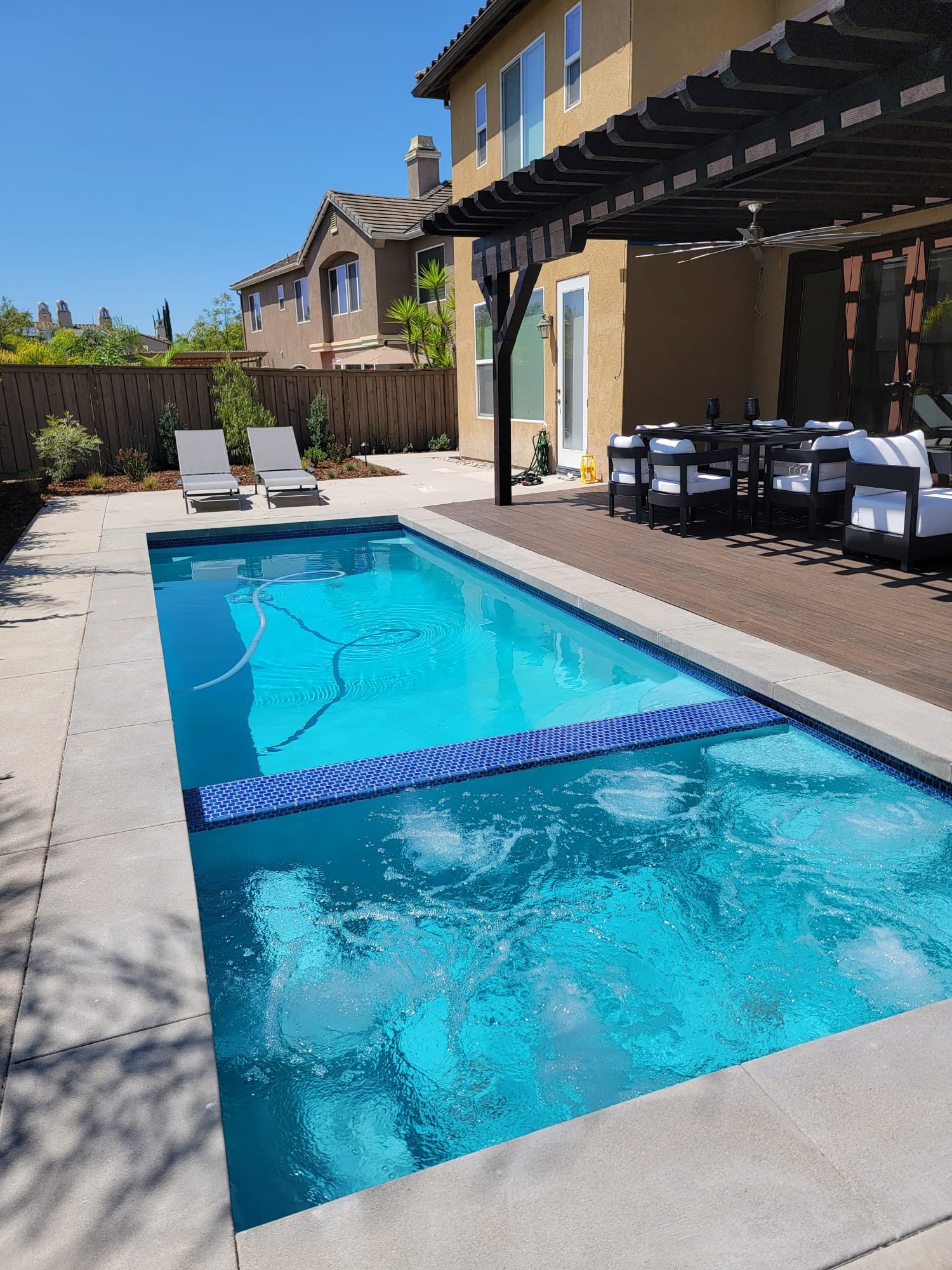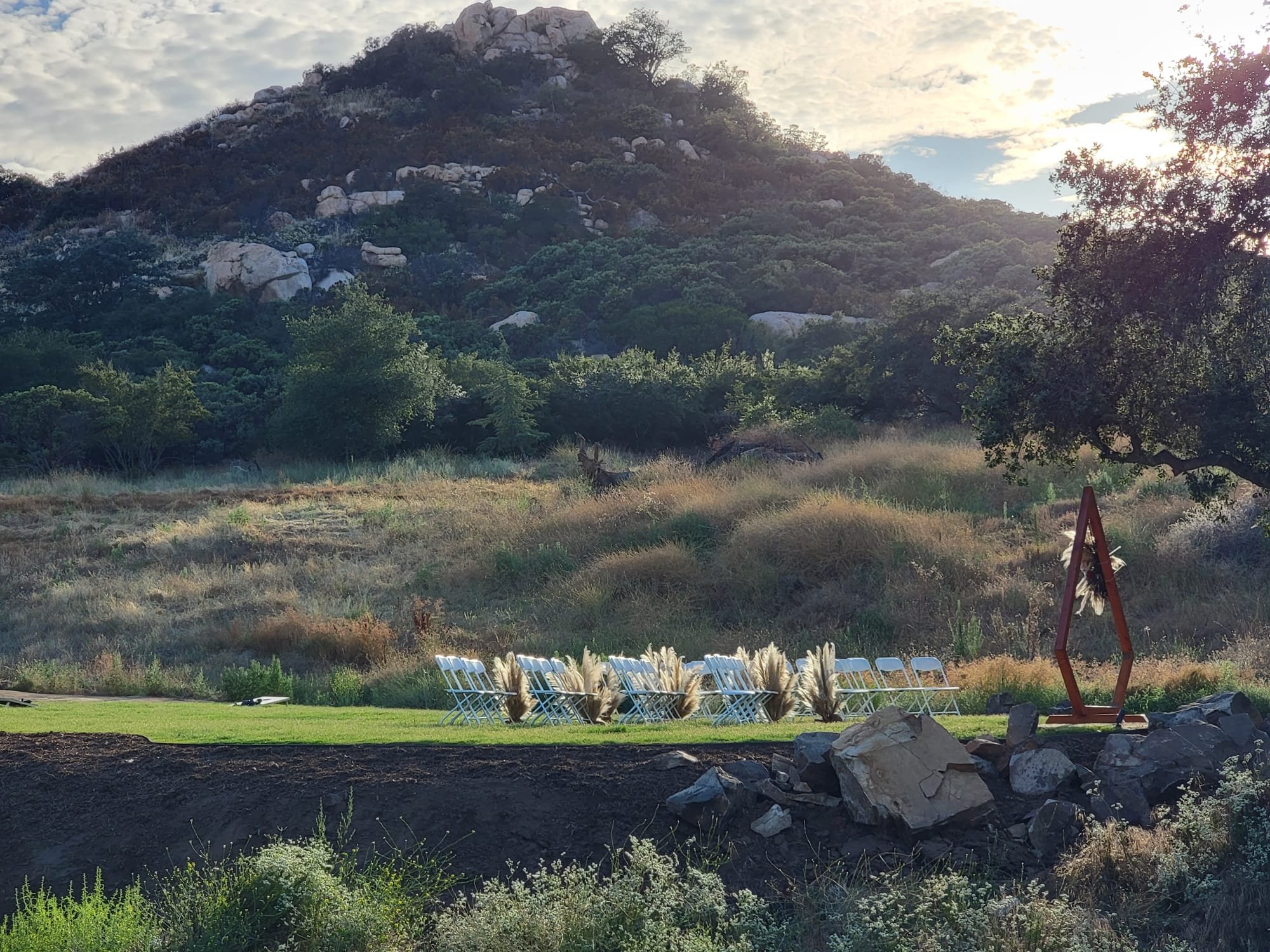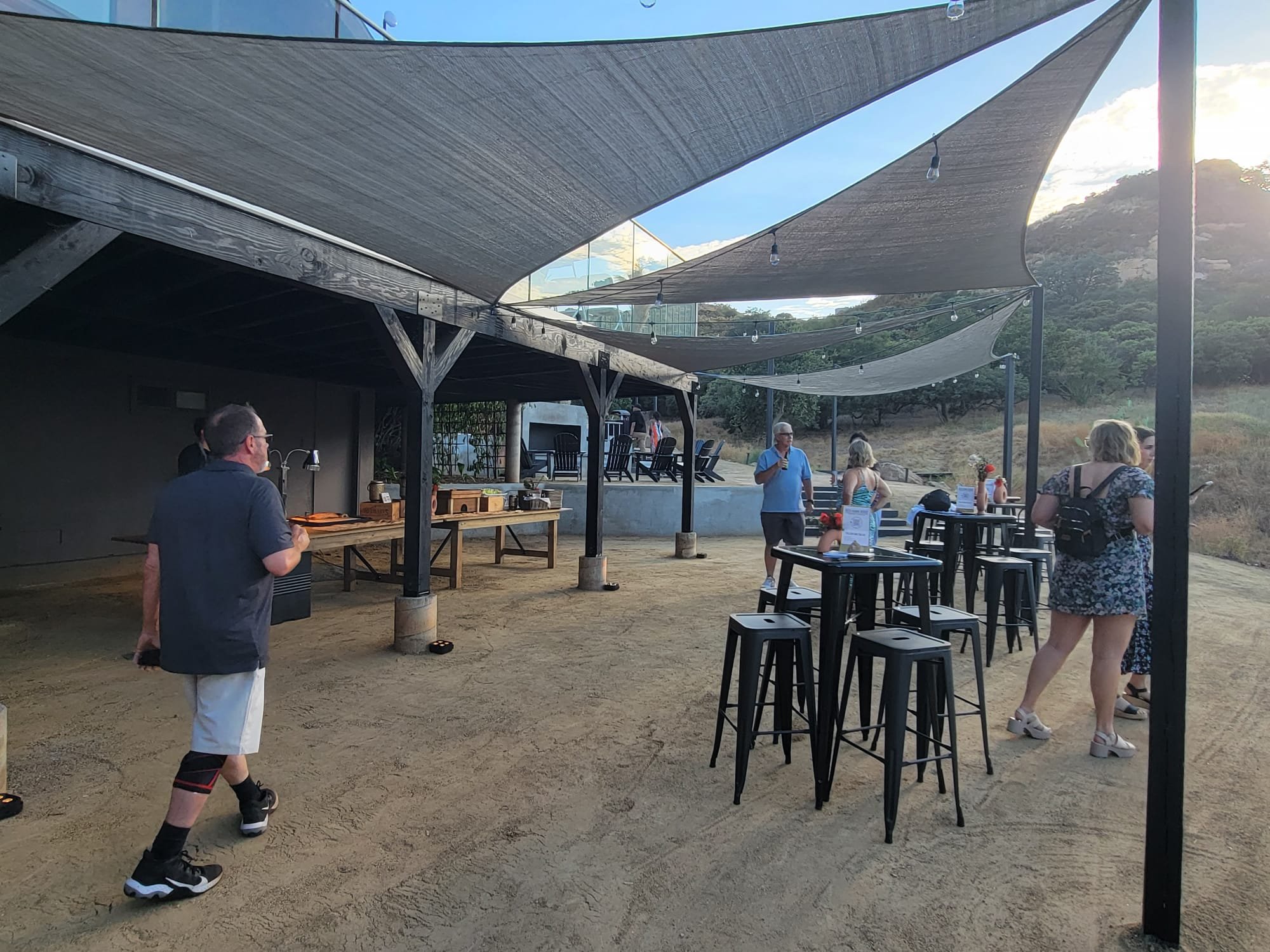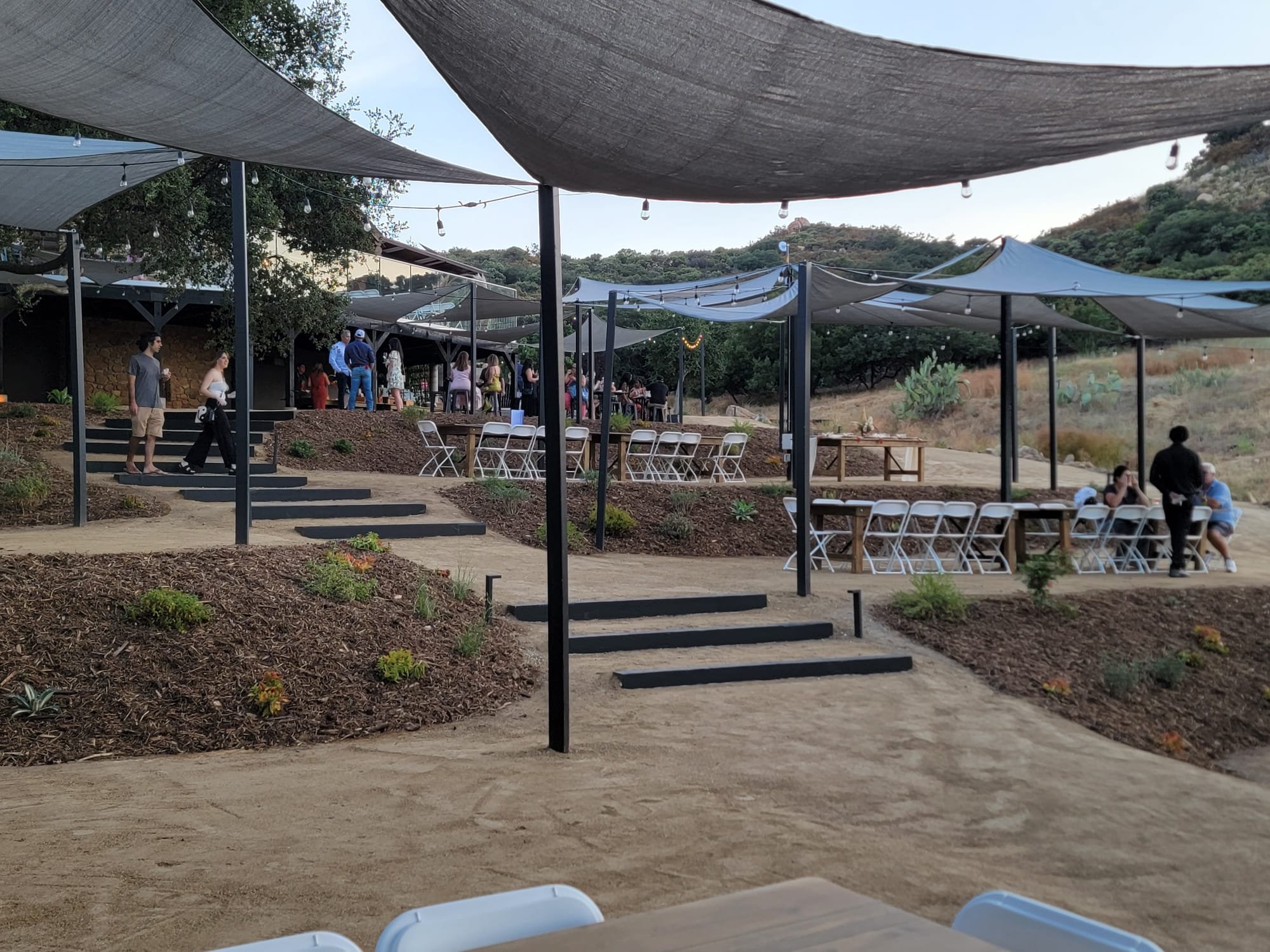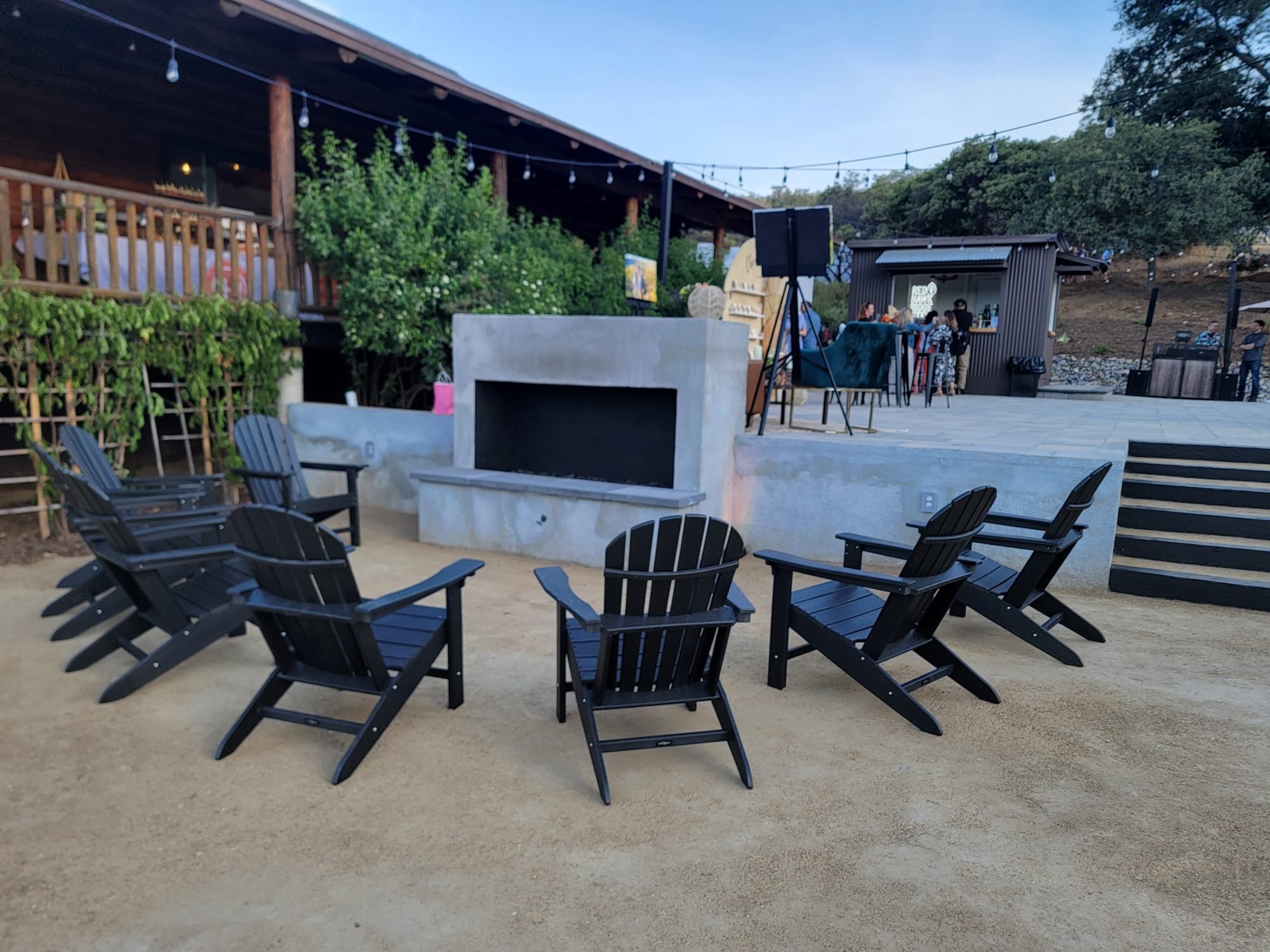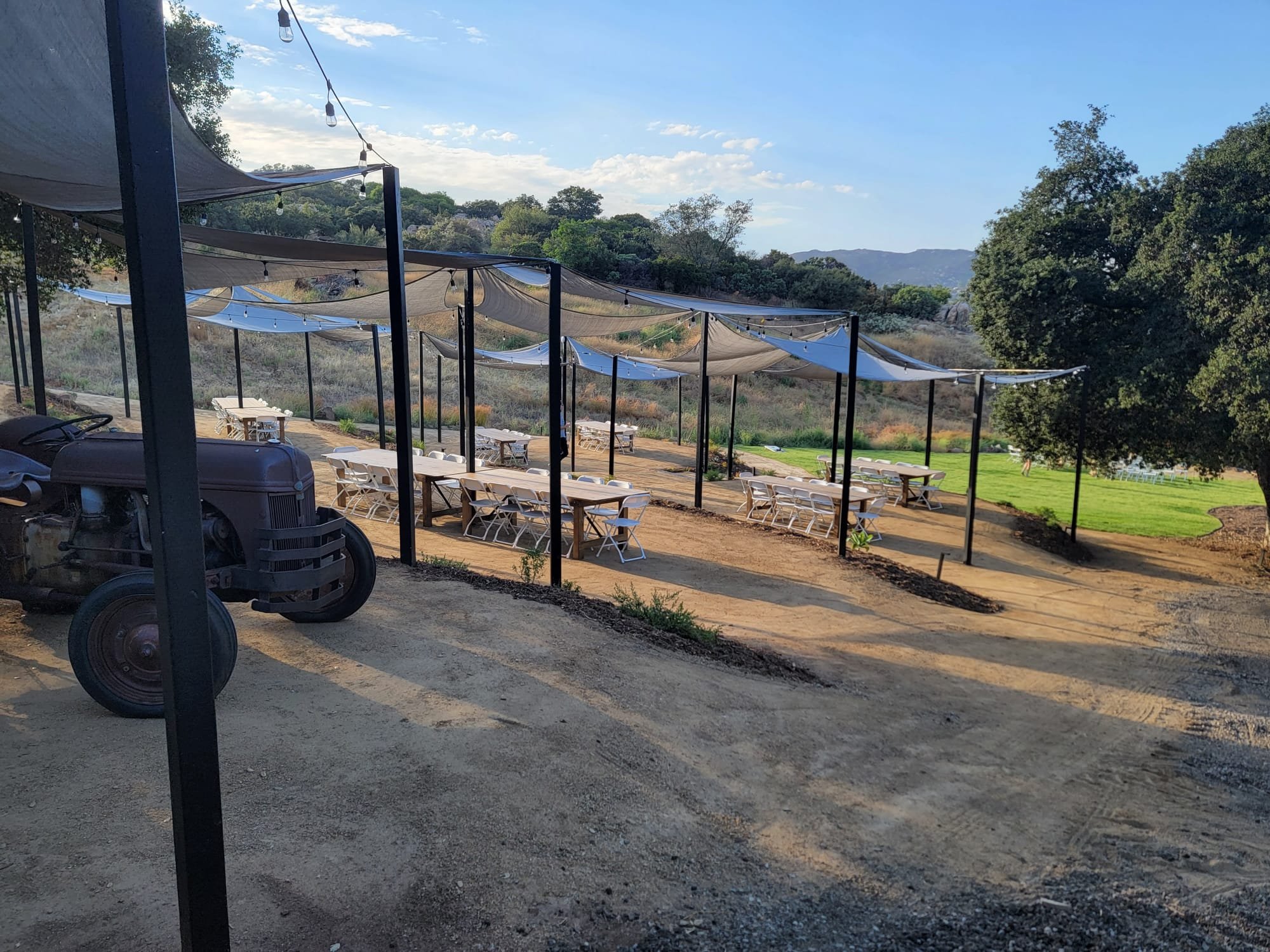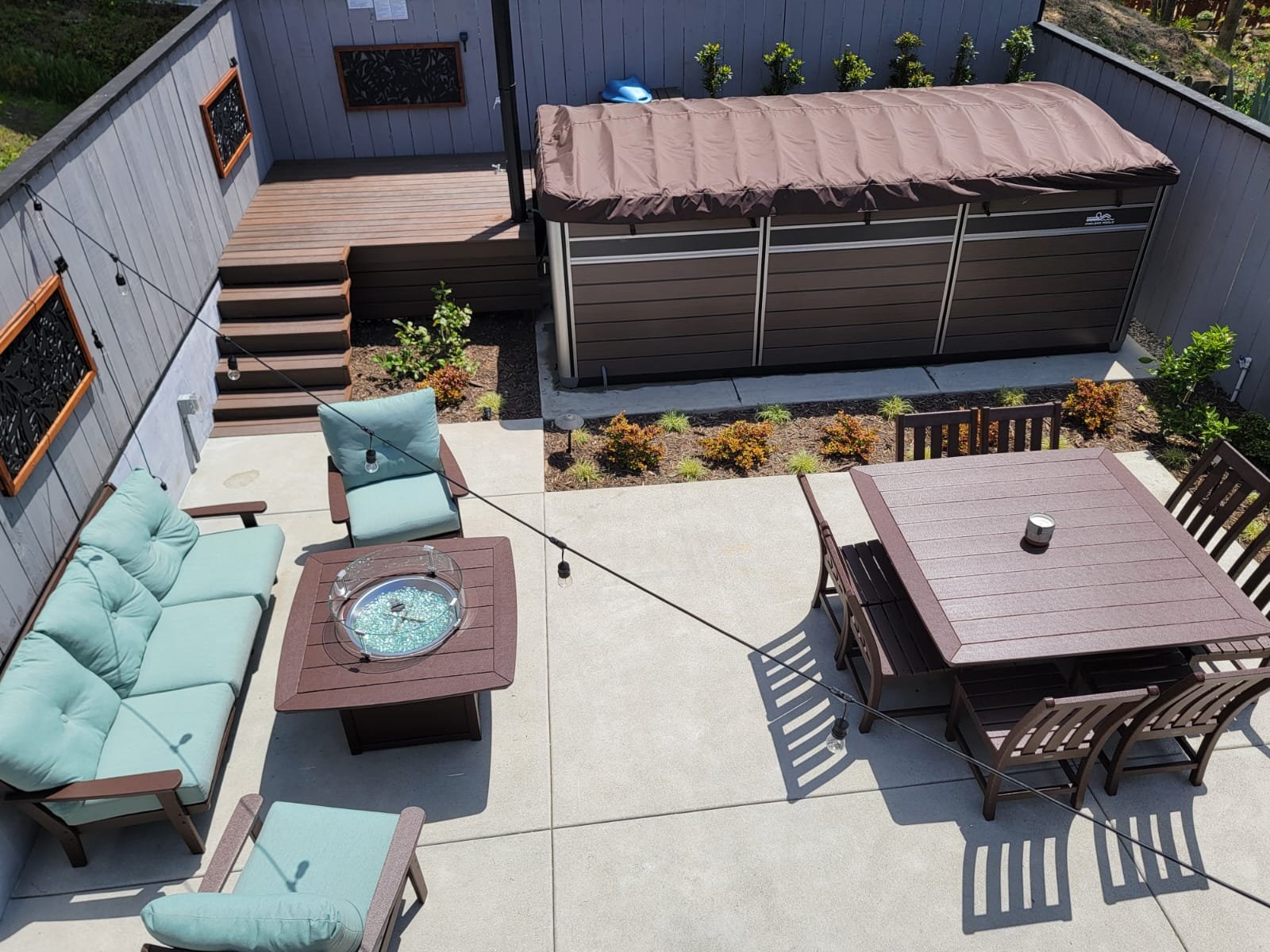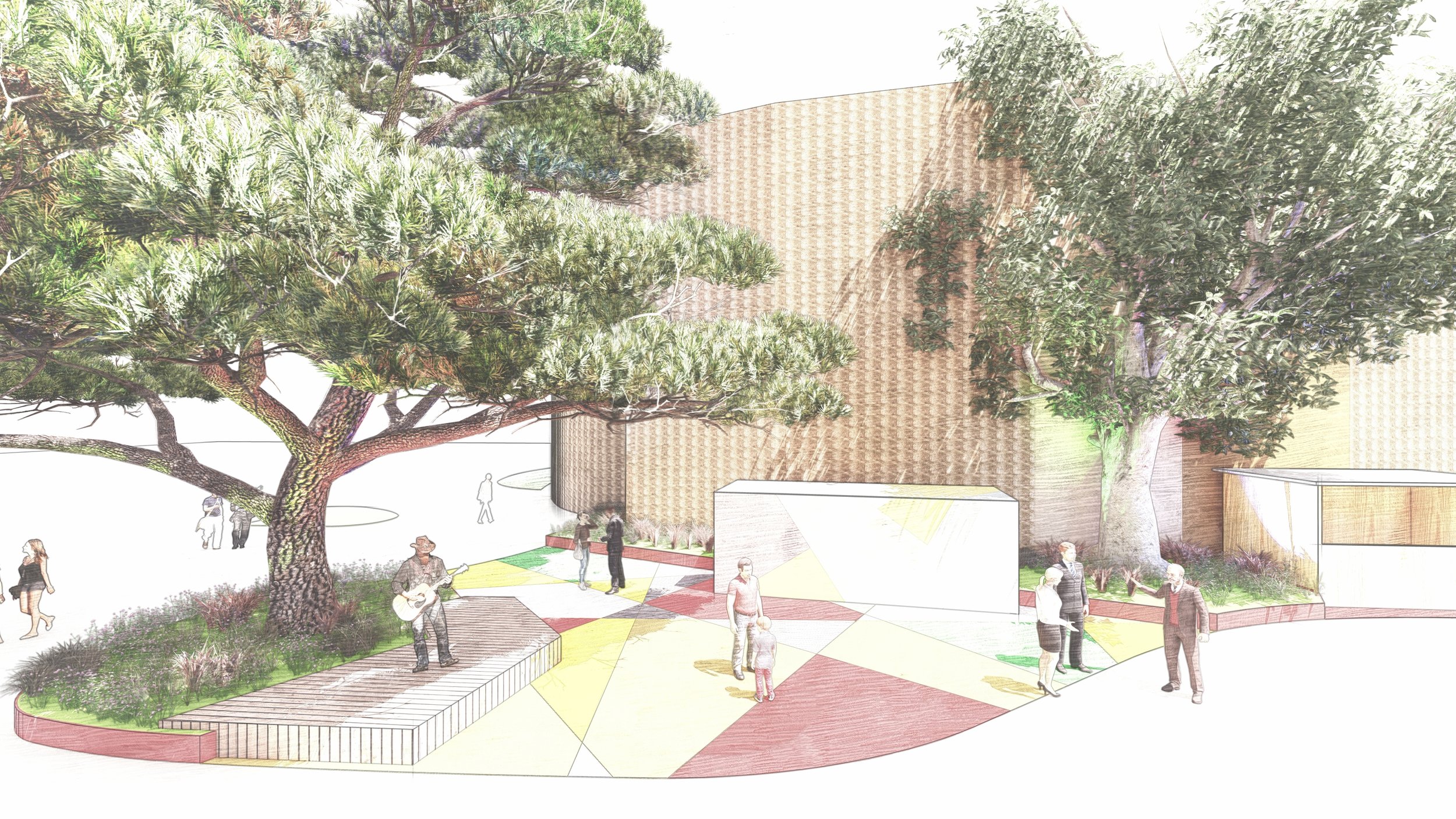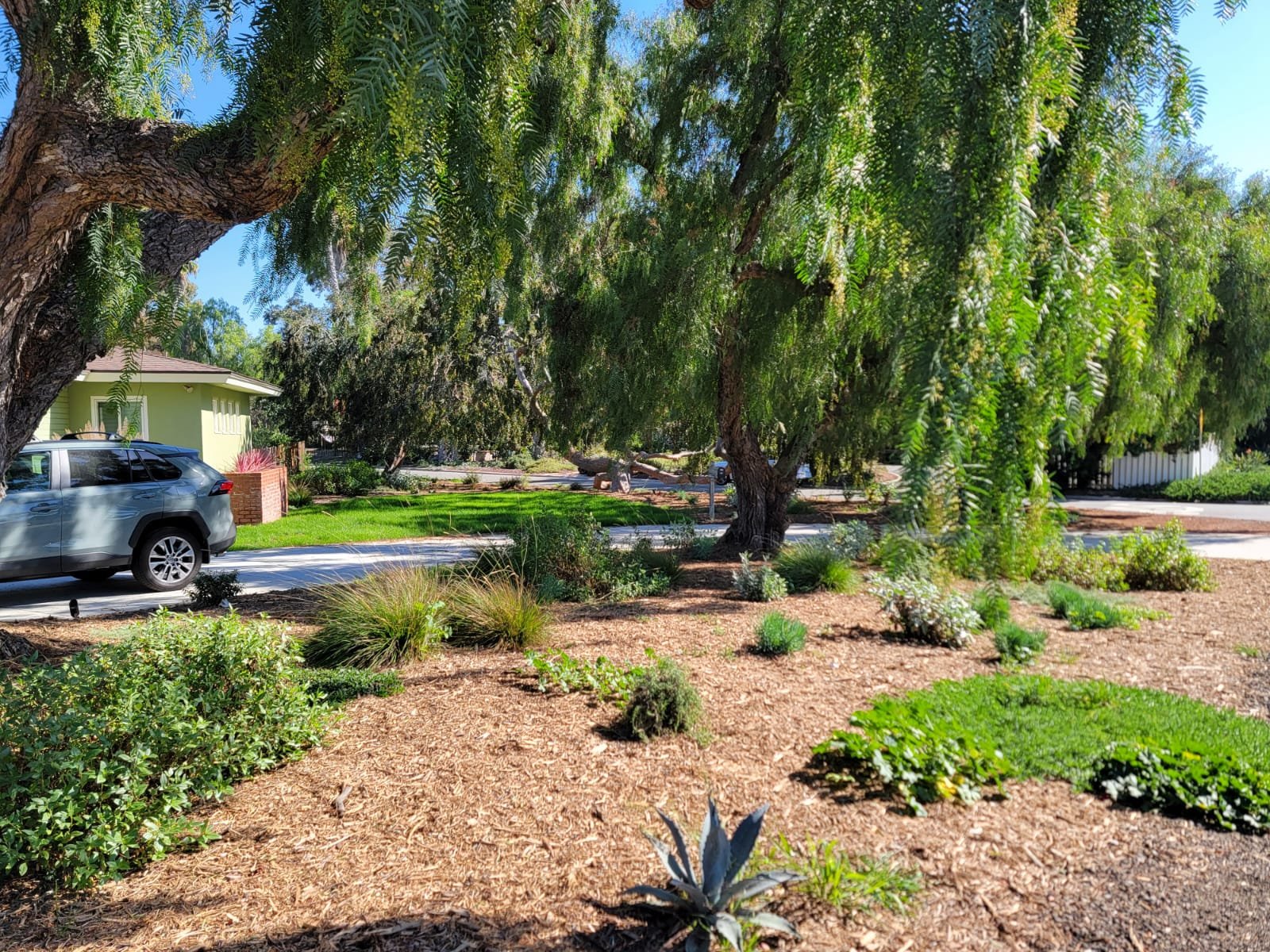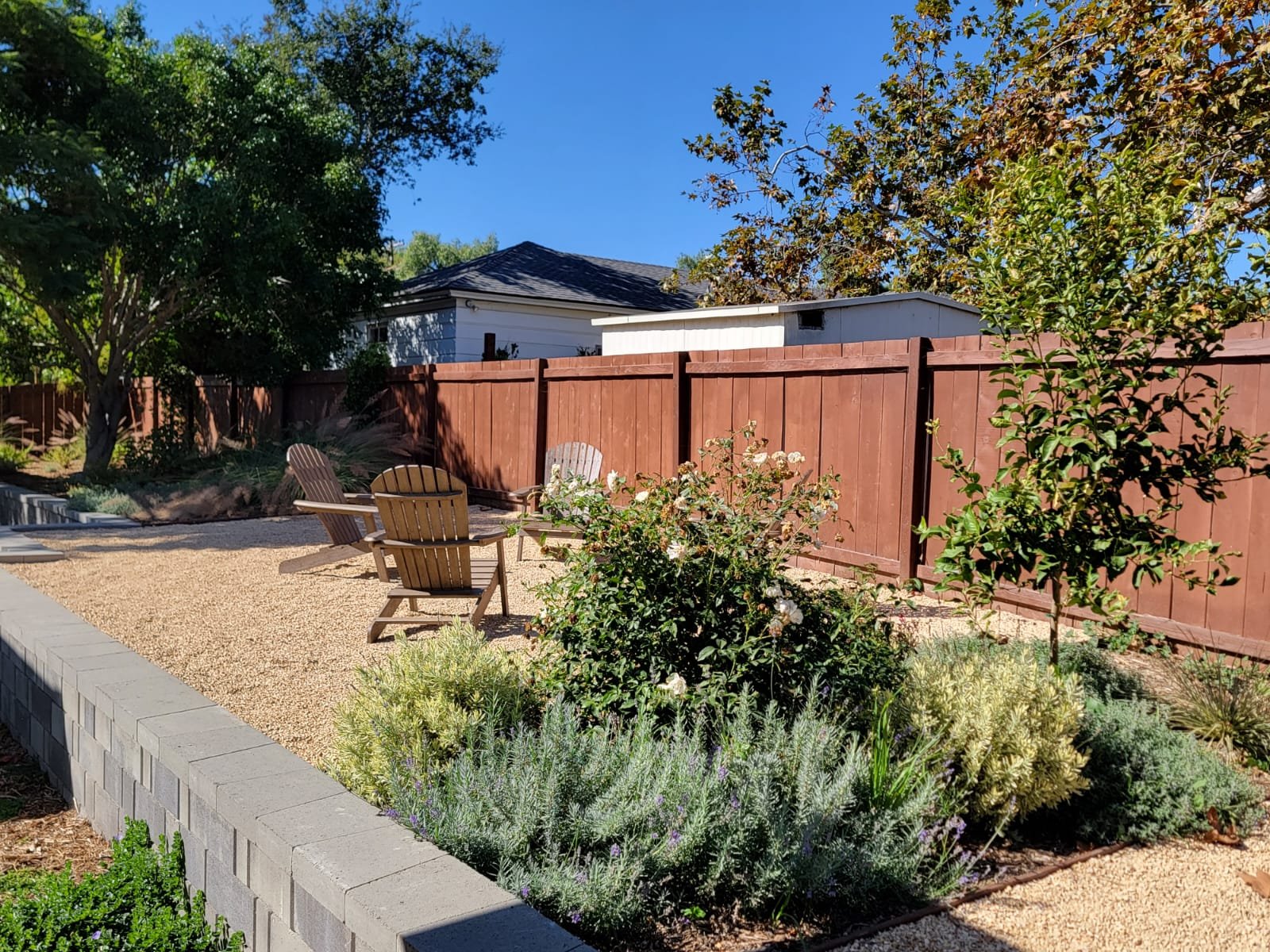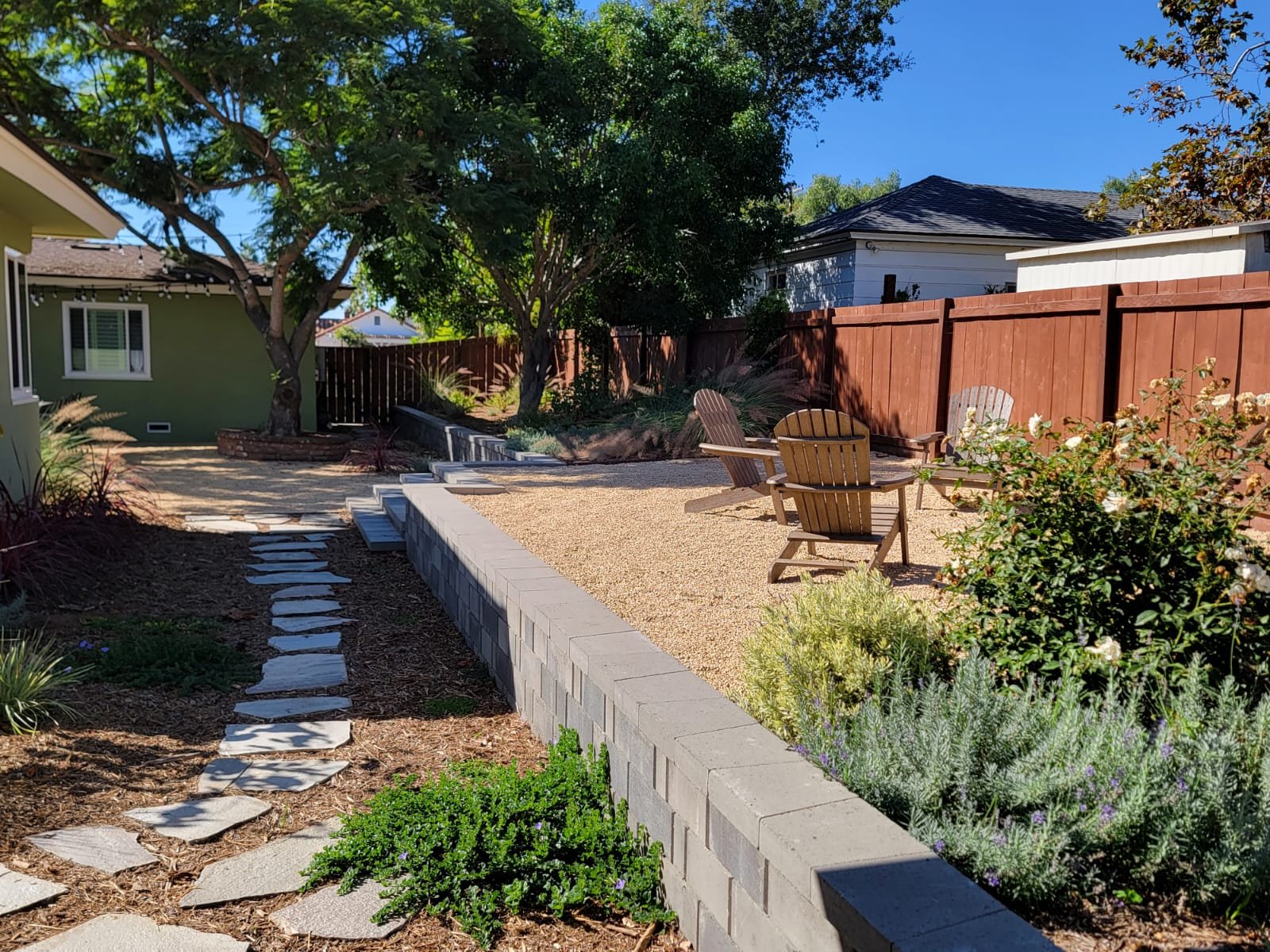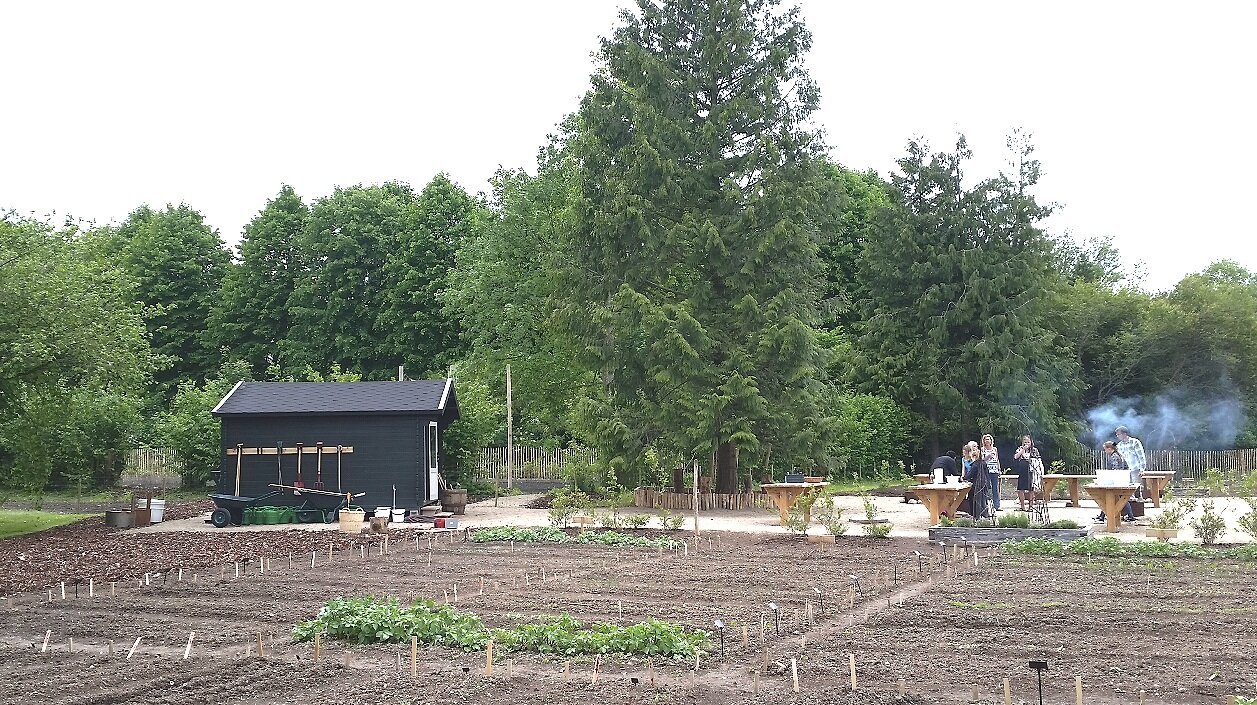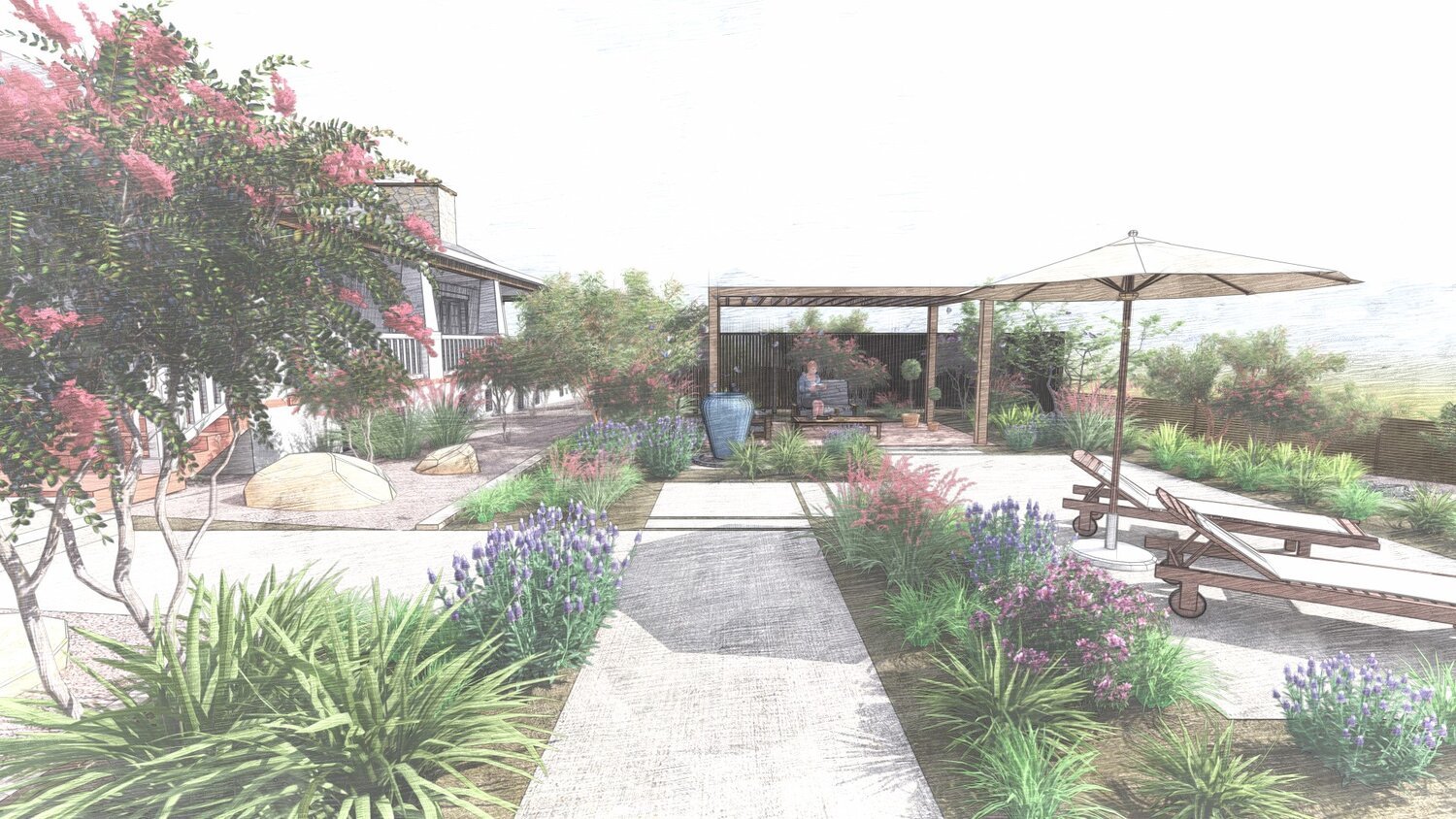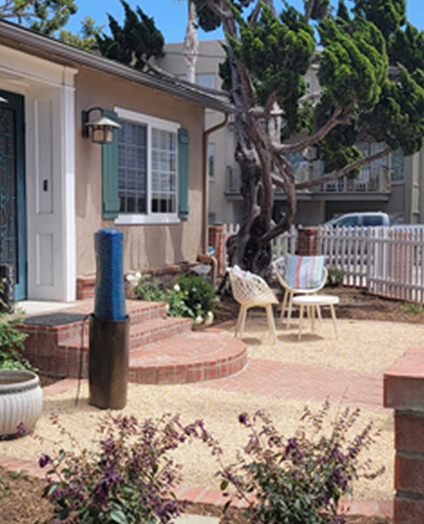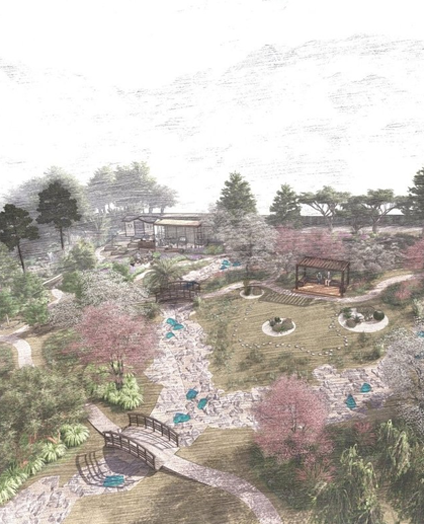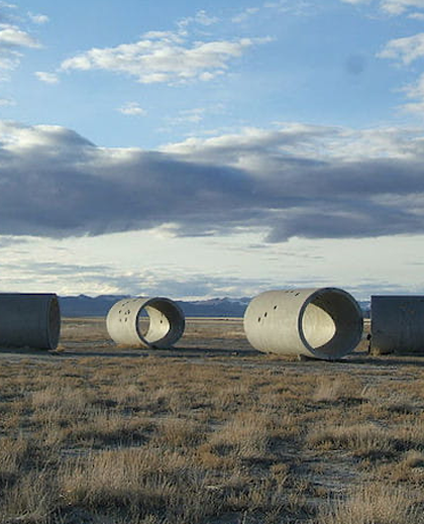History of Landscape Design in Valley Center, California
01 California Landscape Design History: California's landscape design history has been shaped by a variety of factors, including the state's unique climate, diverse geography, and cultural influences. The indigenous peoples of California, such as the Native American tribes, have practiced their own forms of land stewardship and landscape design for thousands of years.
02 Spanish colonization in the late 18th and early 19th centuries introduced new design principles to California. Spanish missions, with their gardens and cultivated landscapes, left an impact on the region's aesthetic. The mission gardens featured a combination of Spanish, Moorish, and Mediterranean influences, including water features, citrus trees, and flowers.
03 In the 19th and early 20th centuries, California underwent significant changes due to the Gold Rush, the expansion of railroads, and an influx of settlers. During this period, landscape design evolved to accommodate the needs of a growing population and urban development. The introduction of exotic plants and ornamental gardens became popular, and landscape architects began to incorporate various design styles, such as Victorian, Arts and Crafts, and Beaux-Arts.
04 As the 20th century progressed, California's landscape design embraced modernist principles, emphasizing simplicity, functionality, and the use of native plants to conserve water. The work of influential landscape architects, like Thomas Church, who advocated for the concept of "outdoor living" and the use of patios and open spaces, also impacted the development of landscaping in the state.
05 Specifics on Valley Center, California: Valley Center is located in San Diego County, California, and its landscape design history likely reflects broader trends in the state's landscaping. Due to its inland location, Valley Center experiences a Mediterranean climate with hot, dry summers and mild, wet winters. This climate has likely influenced the selection of plants and the design of outdoor spaces in the area.
06 As Valley Center developed over the years, its landscaping may have been shaped by factors such as agriculture, residential expansion, and recreational spaces. The region's agricultural history, including citrus and avocado farming, could have influenced the types of plants and gardens in the area.

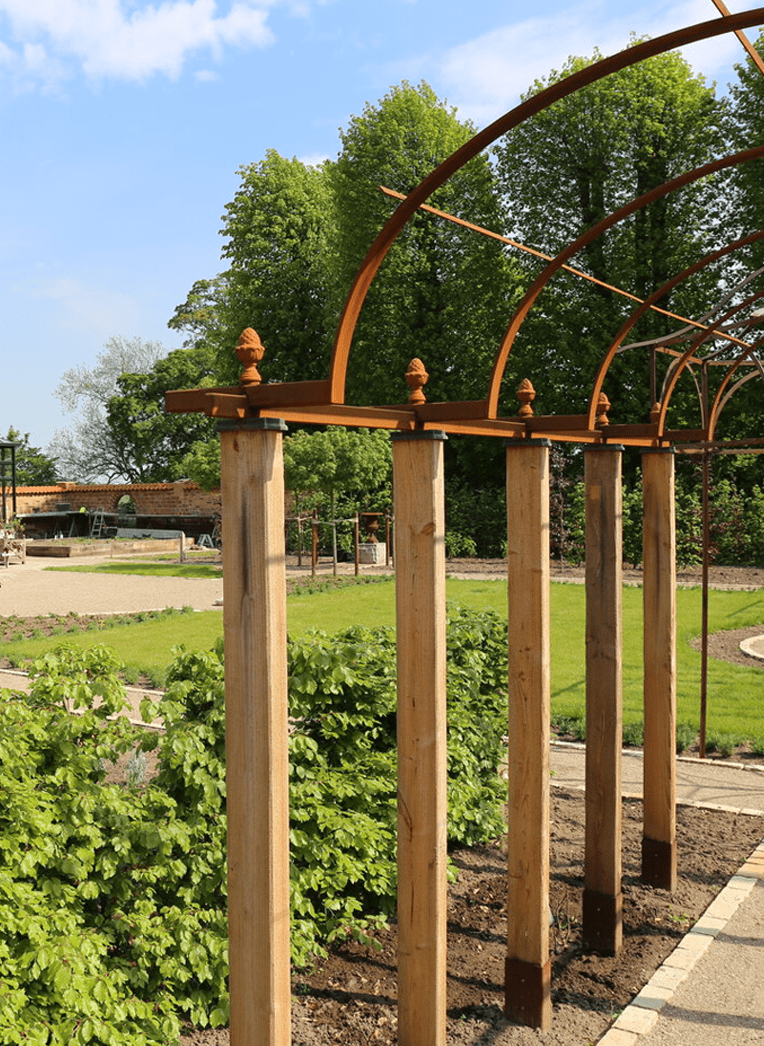
Landscape Design Styles in Valley Center, California
Here are some common landscape design styles that may be seen in Valley Center:
01 Mediterranean or Spanish Revival: Given California's Mediterranean climate, the Mediterranean or Spanish Revival style is a popular choice. This style typically includes elements such as stucco walls, terracotta or clay roof tiles, courtyards, fountains, and colorful, drought-tolerant plants like bougainvillea and lavender.
02 California Native Garden: With a growing emphasis on sustainability and water conservation, California native gardens have become popular in the region. This style features indigenous plant species that are well-adapted to the local climate, requiring less water and maintenance. Native gardens may include species like California poppies, sage, manzanita, and oak trees.
03 Modern/Contemporary: Modern or contemporary landscape design often emphasizes clean lines, minimalism, and the integration of indoor and outdoor living spaces. In Valley Center, this style might include sleek hardscapes, geometric plant arrangements, and a focus on open spaces.
04 Ranch or Country Style: Valley Center's rural setting and agricultural history may have influenced the prevalence of ranch or country-style landscapes. This style often features open spaces, rustic elements like wooden fences and pergolas, and a mix of ornamental and edible plants.
05 Cottage Garden: Cottage gardens are known for their whimsical and romantic charm. This style may be seen in Valley Center with its mix of colorful flowers, informal pathways, and traditional cottage garden plants like roses, daisies, and delphiniums.
06 Mediterranean Xeriscape: Combining Mediterranean elements with xeriscaping principles (water-efficient landscaping), this style incorporates drought-tolerant plants, gravel, and hardscapes to create visually appealing and water-wise landscapes.
07 Japanese Garden: Japanese garden design is known for its serenity and balance. Elements like zen rock gardens, water features, and carefully pruned trees and shrubs may be integrated into Valley Center's landscapes for a touch of tranquility.
08 Formal Garden: For some larger estates and public spaces in Valley Center, formal gardens with geometric patterns, structured hedges, and symmetrical layouts might be preferred.
These are just a few examples of the many landscape architecture and design styles you can find in Valley Center, California.
contact usFeatured Projects
Best Parks and Gardens to Visit for Inspiration in Valley Center, California
Here are some of the best parks and gardens to explore near Valley Center:
Bates Nut Farm: Located in Valley Center, Bates Nut Farm is a family-owned farm and a popular destination for visitors. While not a traditional park or garden, it offers a beautiful setting with lush surroundings and a variety of activities, including seasonal festivals, a pumpkin patch, and a picturesque garden area.
Keys Creek Lavender Farm: Just a short drive from Valley Center, Keys Creek Lavender Farm is a delightful destination for lavender lovers. Visitors can stroll through the lavender fields, enjoy the soothing aroma, and purchase lavender products. The farm often hosts events and workshops, making it an excellent place to relax and connect with nature.
Palomar Mountain State Park: Situated northeast of Valley Center, Palomar Mountain State Park offers breathtaking views, hiking trails, and a peaceful atmosphere. The park features diverse plant and animal life, and it's a great place for picnicking, camping, and enjoying nature.
Daley Ranch: Located in nearby Escondido, Daley Ranch is a vast preserve with over 20 miles of hiking trails, rolling hills, and diverse ecosystems. It's a popular spot for hikers, mountain bikers, and nature enthusiasts seeking to explore the beautiful Southern California landscapes.
Kit Carson Park: Situated in Escondido, Kit Carson Park is not far from Valley Center. It offers walking trails, a pond, and various recreational facilities, making it an ideal spot for a family outing or a leisurely stroll.
San Diego Zoo Safari Park: While not in Valley Center itself, the San Diego Zoo Safari Park is a must-visit attraction located in nearby Escondido. It offers an immersive experience with a vast array of animals in a semi-wild environment. The park's beautifully landscaped habitats add to the overall experience.
contact usLASD Studio Services: Landscape Architecture, Sustainability & Design.
Our design studio delivers Garden Design, Landscape architecture, and Urban Design Projects internationally. Each of our designs distinguishes with high-quality details, attention to the specific epoch of architecture style, climate zone, sustainability issues, and of course wishes of our clients.
LASD Studio fields of expertise are (private, public, and institutional):
 Garden Design, Landscape Design, & Exterior Design
Garden Design, Landscape Design, & Exterior Design
 Landscape Architecture
Landscape Architecture
 Urban Design
Urban Design
 Regional Landscape Design
Regional Landscape Design
 Private, Public, Institutional Landscape Design and Landscape Architecture Services worldwide.
Private, Public, Institutional Landscape Design and Landscape Architecture Services worldwide.
Land Art, planting plan selection, Landscape Design and Landscape Tender Preparation
Most Known Landscape Architects and Their Works
Here are some landscape architects known for their work in the United States:
Frederick Law Olmsted (1822-1903): Often considered the father of American landscape architecture, Olmsted was involved in designing many iconic parks and landscapes. His notable works include Central Park and Prospect Park in New York City, the Emerald Necklace in Boston, and the grounds of the U.S. Capitol in Washington, D.C.
Beatrix Farrand (1872-1959): One of the first female landscape architects in the United States, Farrand designed numerous gardens and landscapes. She was involved in the design of Dumbarton Oaks in Washington, D.C., and the Abby Aldrich Rockefeller Garden in Maine.
Thomas Church (1902-1978): Known for popularizing the concept of the "outdoor living room," Church was a pioneer in modern landscape design. Notable works include the Donnell Garden in Sonoma, California, and the garden at the Stern House in Atherton, California.
Roberto Burle Marx (1909-1994): A Brazilian landscape architect, Burle Marx was known for his innovative use of native Brazilian plants and modernist design principles. Some of his well-known works include the Copacabana Beach promenade in Rio de Janeiro and the gardens at the Ministry of Education and Health in Rio de Janeiro.
Lawrence Halprin (1916-2009): Halprin was a prominent American landscape architect who designed various urban spaces and plazas. His notable works include the FDR Memorial in Washington, D.C., and the Sea Ranch in California.
Peter Walker (born 1932): An influential contemporary landscape architect, Walker has worked on many high-profile projects, such as the Nasher Sculpture Center Garden in Dallas, Texas, and the National 9/11 Memorial in New York City.
Martha Schwartz (born 1950): An American landscape architect known for her imaginative and vibrant designs, Schwartz's notable works include the Jacob Javits Plaza in New York City and the Westergasfabriek Park in Amsterdam.
Kathryn Gustafson (born 1951): Gustafson is an American landscape architect with a global reputation for her innovative and artistic designs. Notable projects include the Diana, Princess of Wales Memorial Fountain in London and the Lurie Garden in Chicago's Millennium Park.
Contact us now to discuss your landscape design needs with one of our experts and get a quote on your next project.
contact us— Landscape Architecture, Sustainability, Design.

